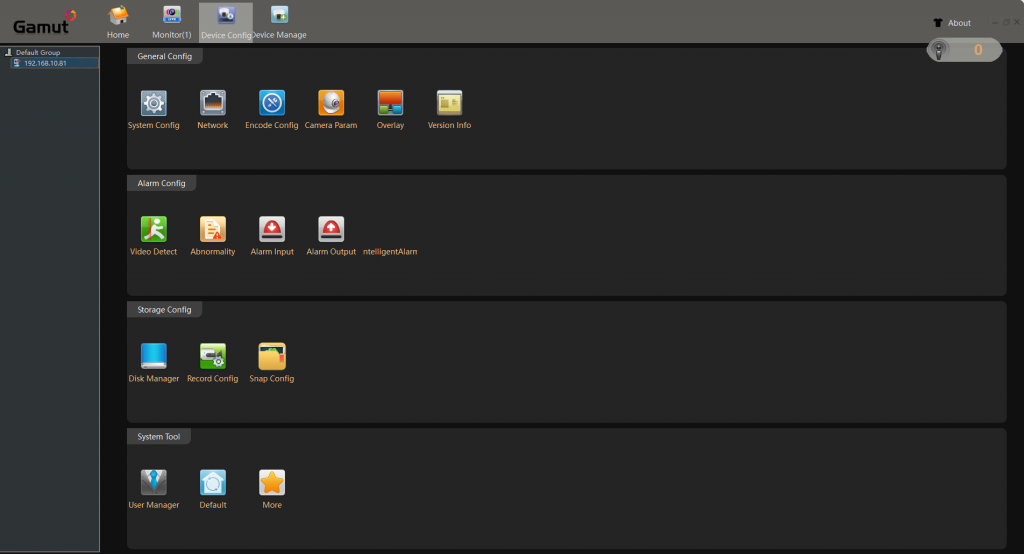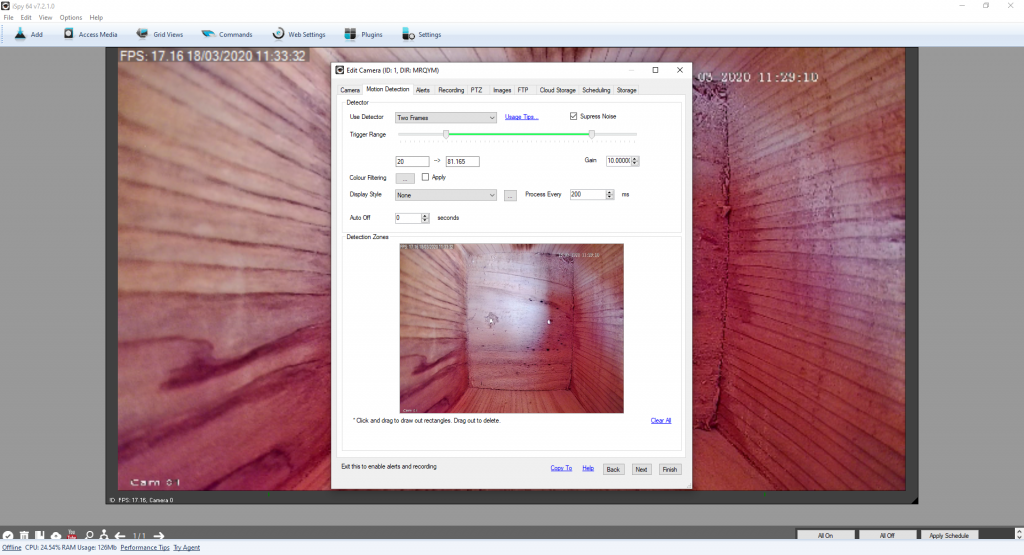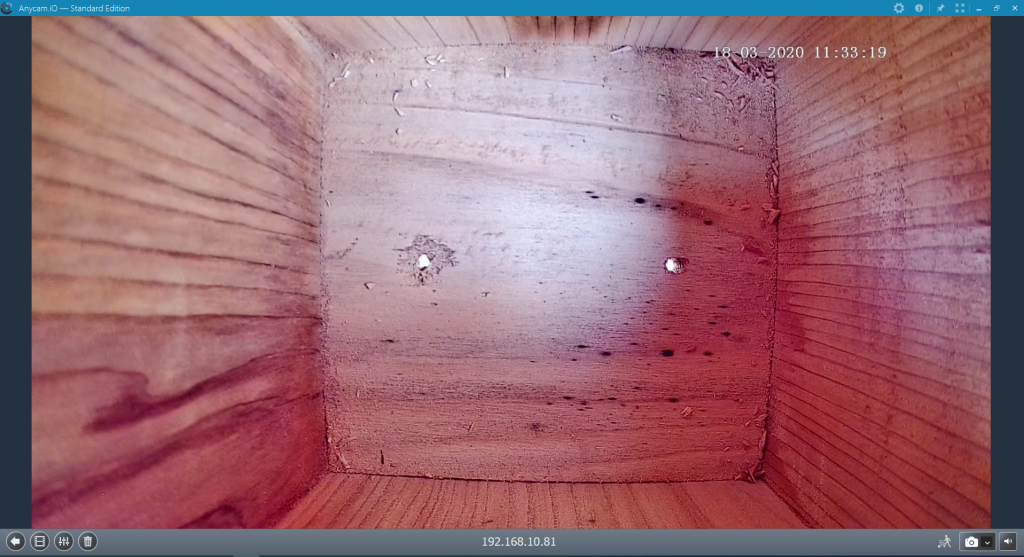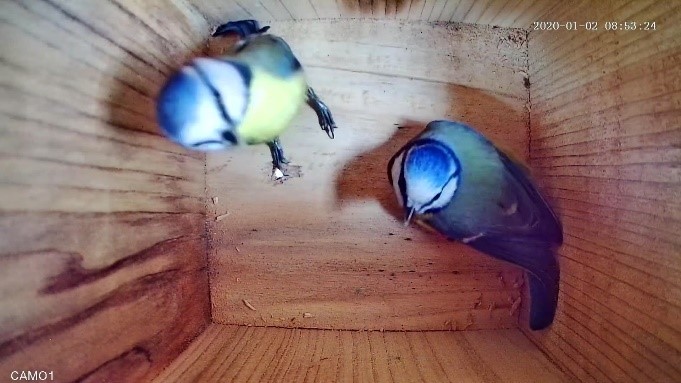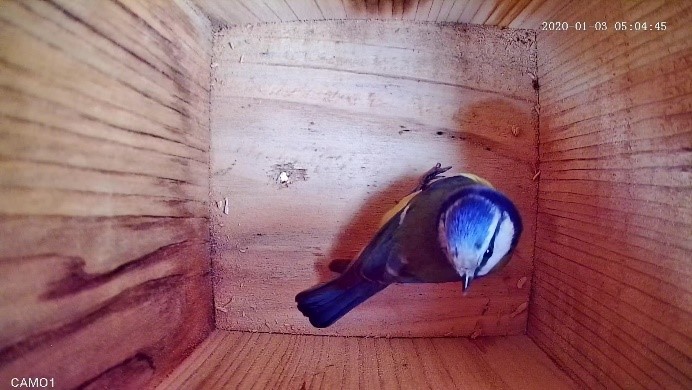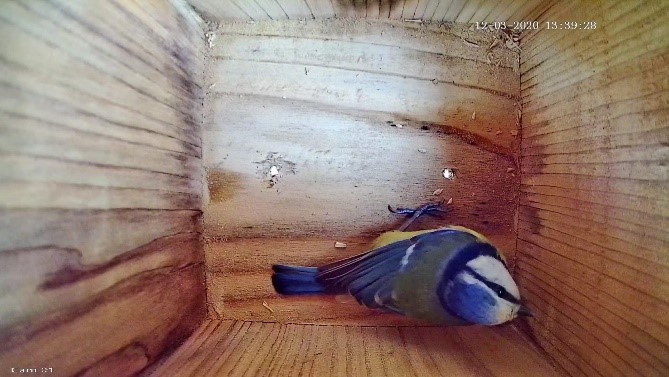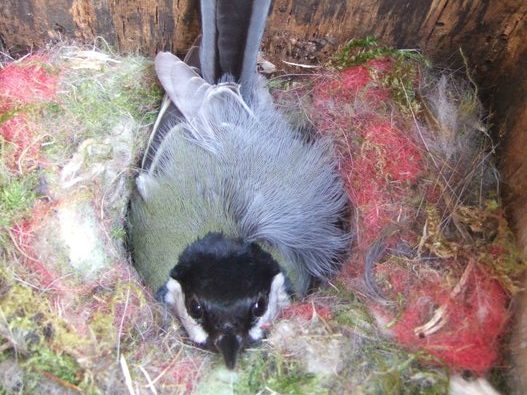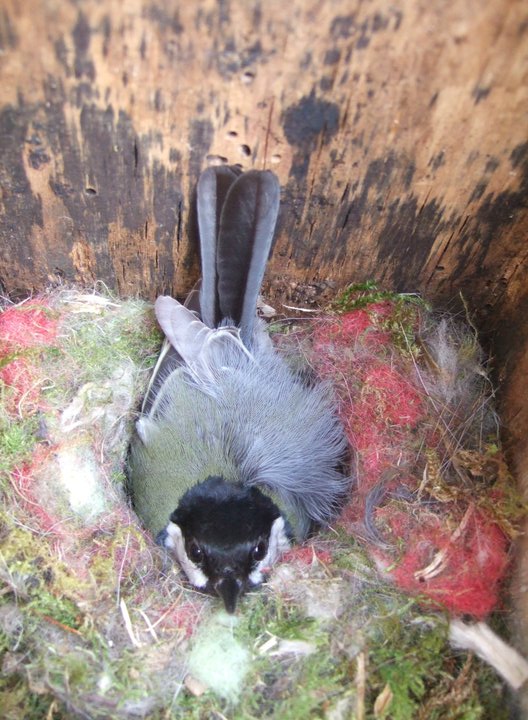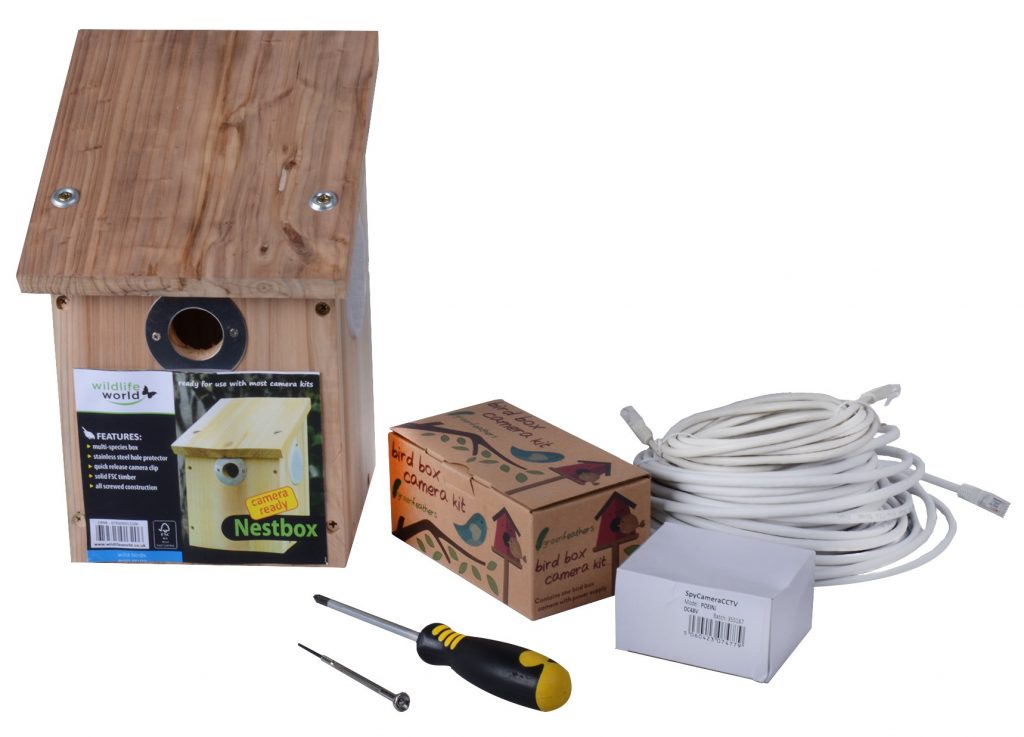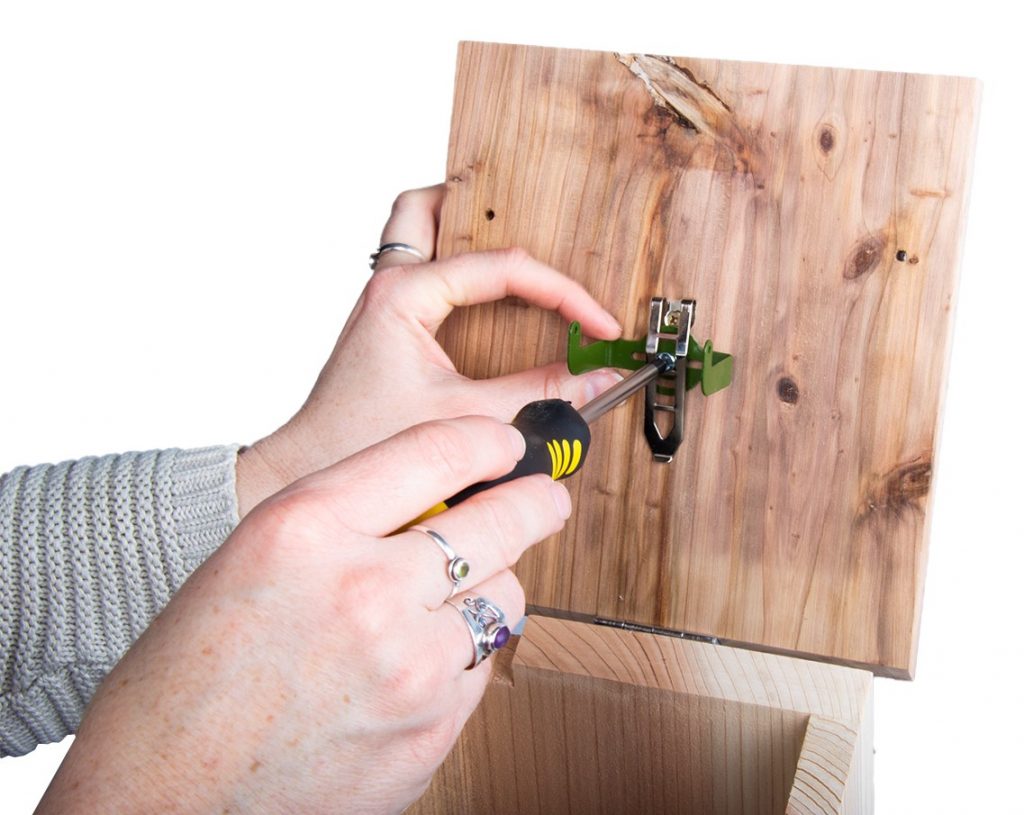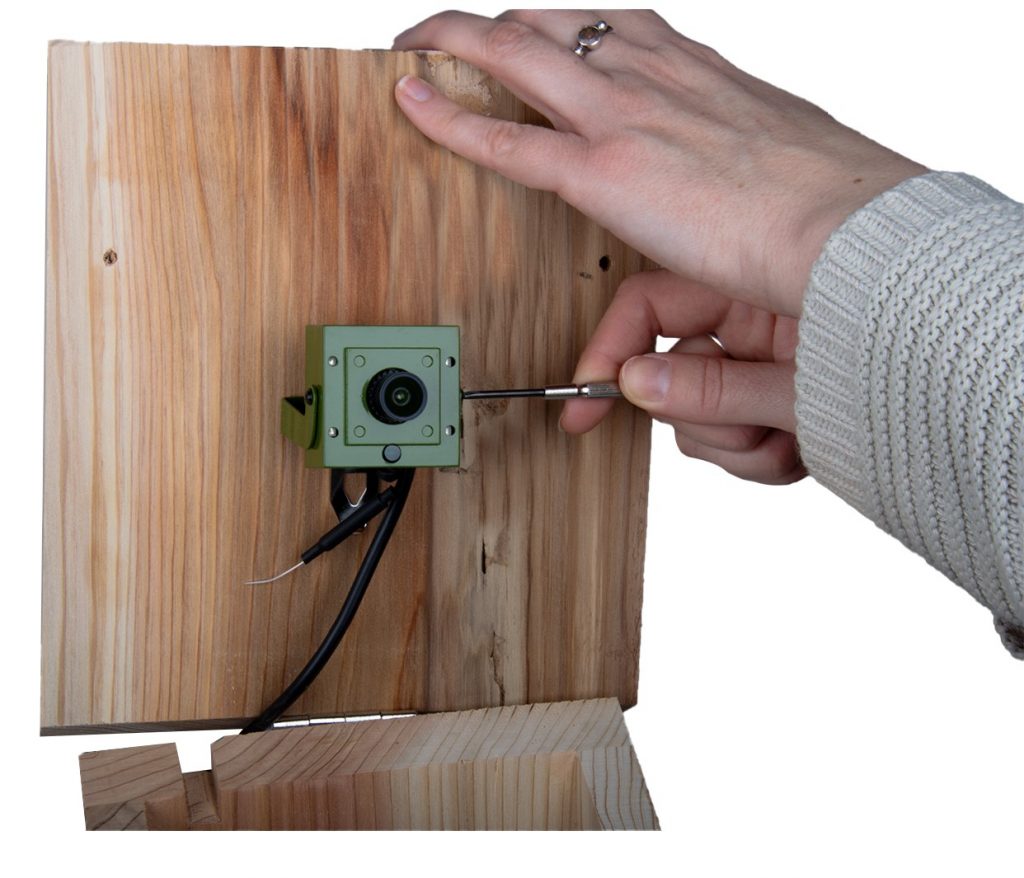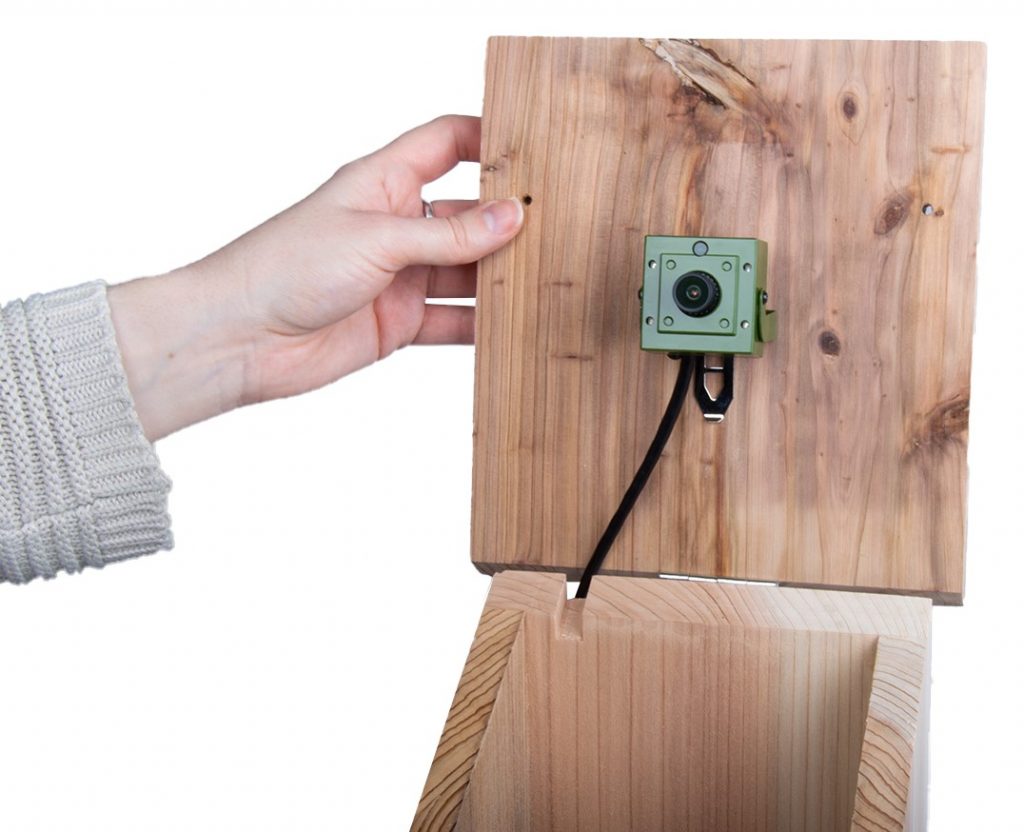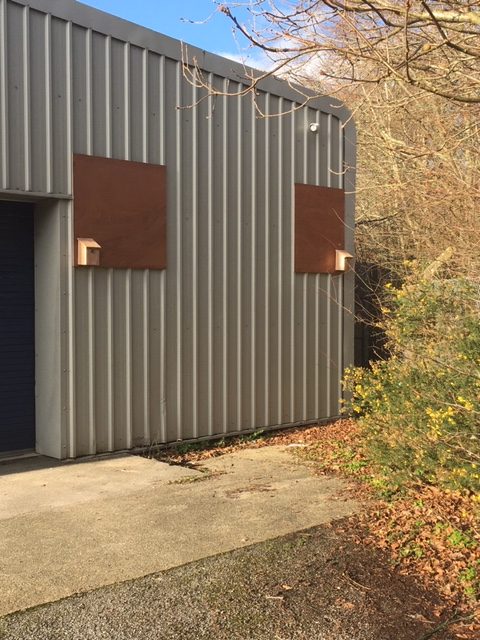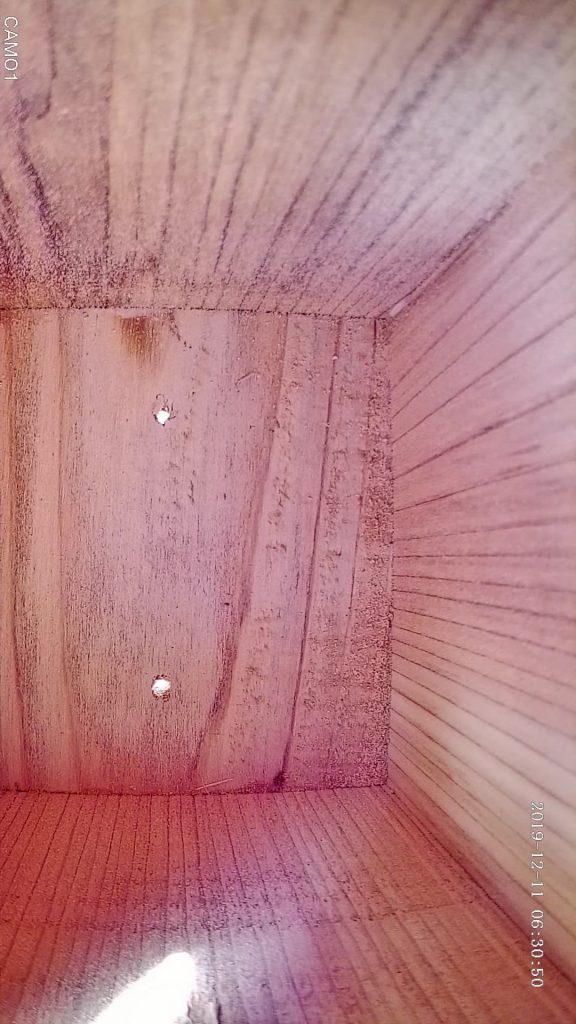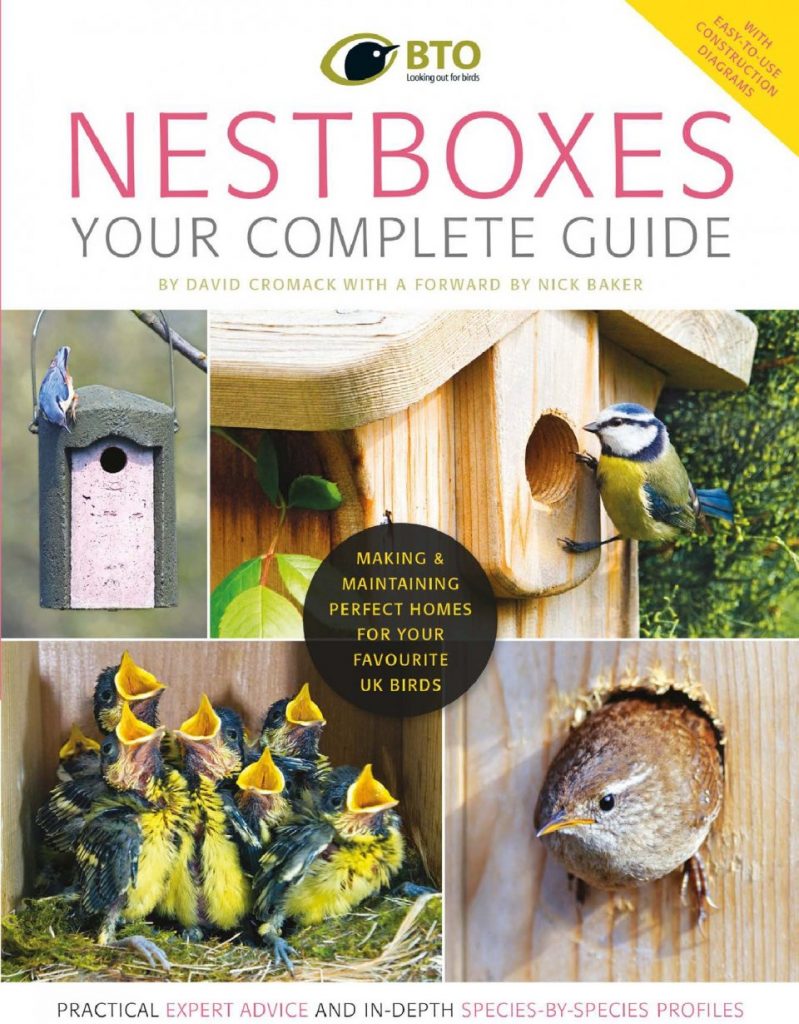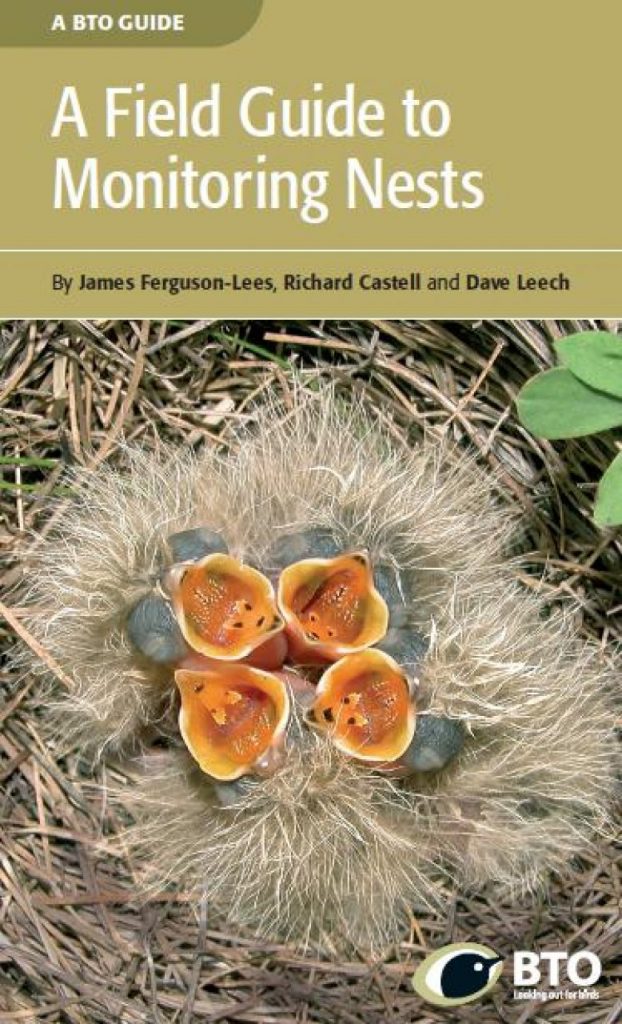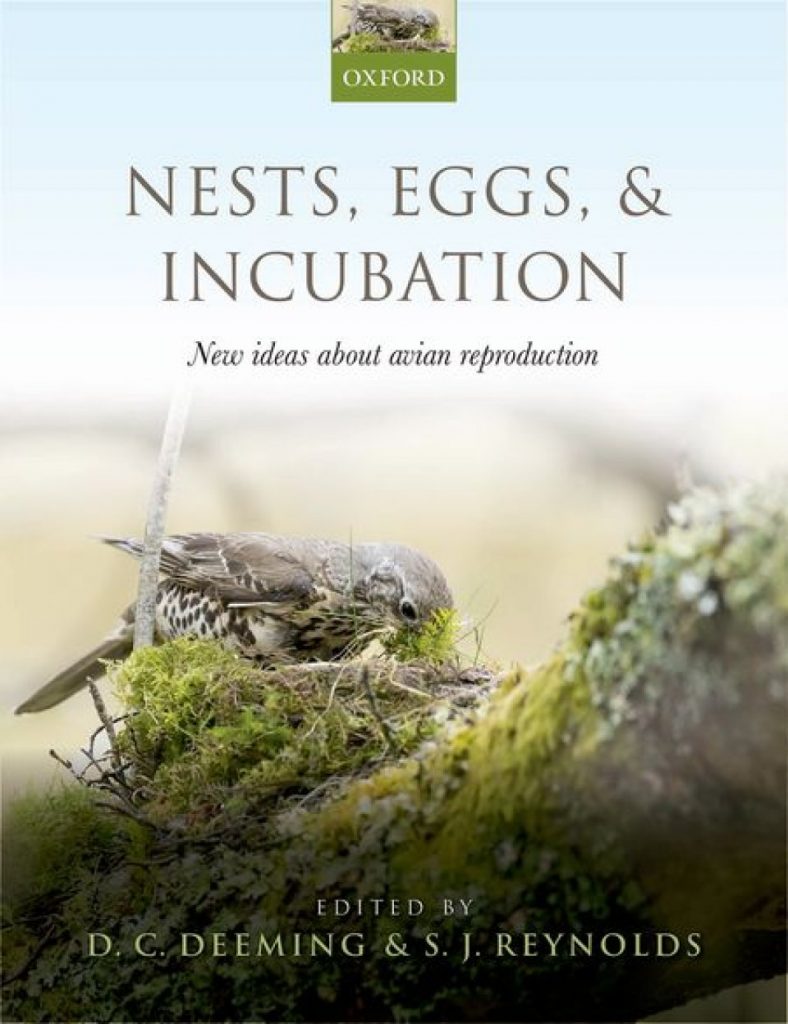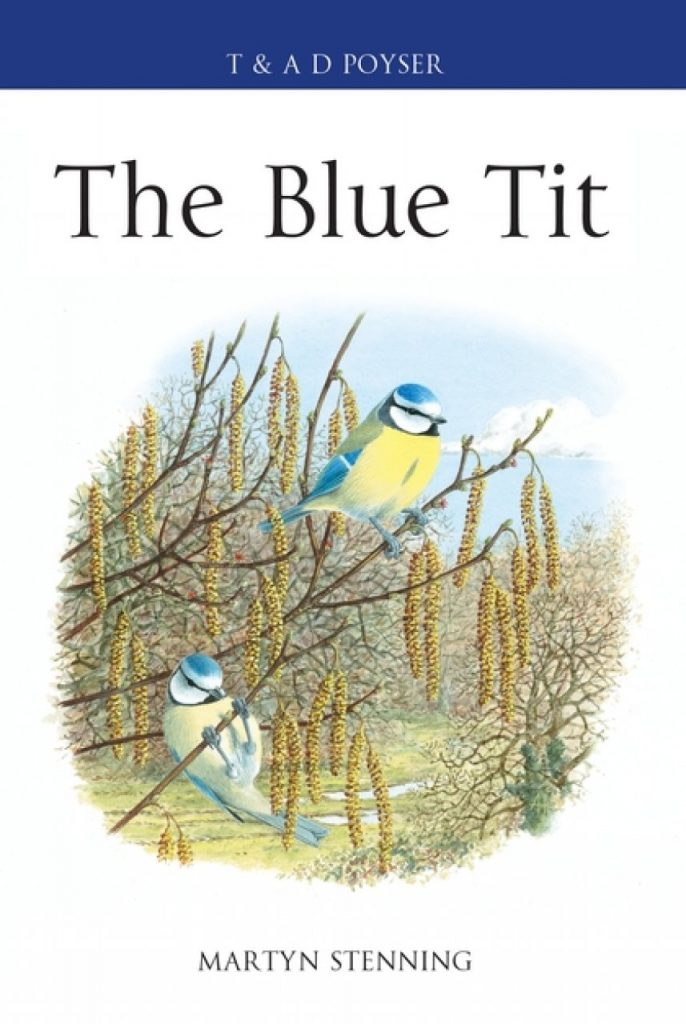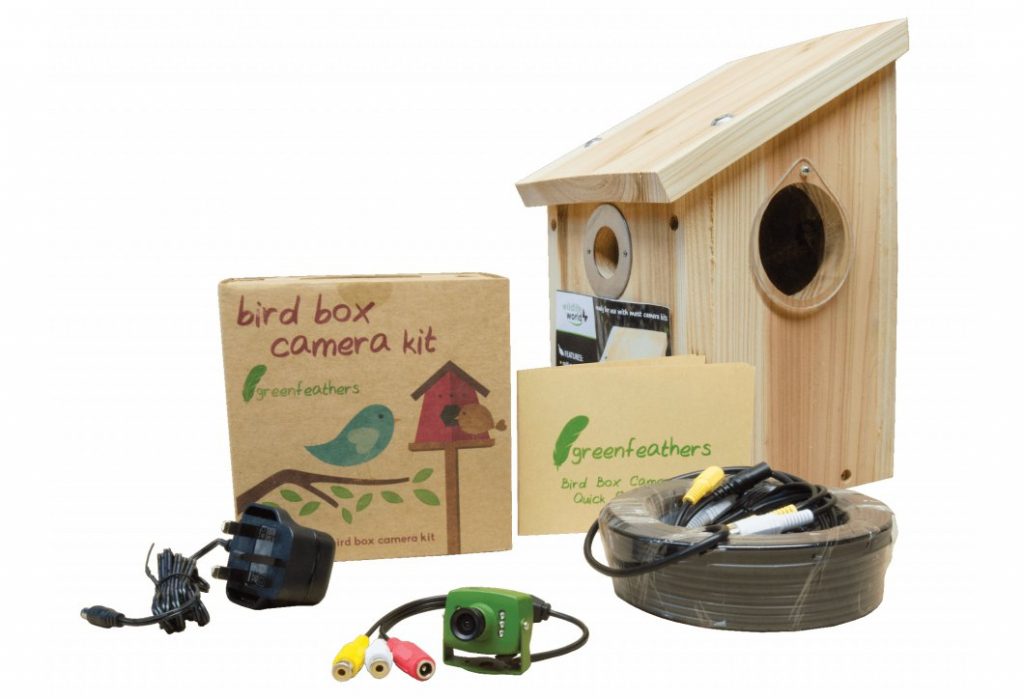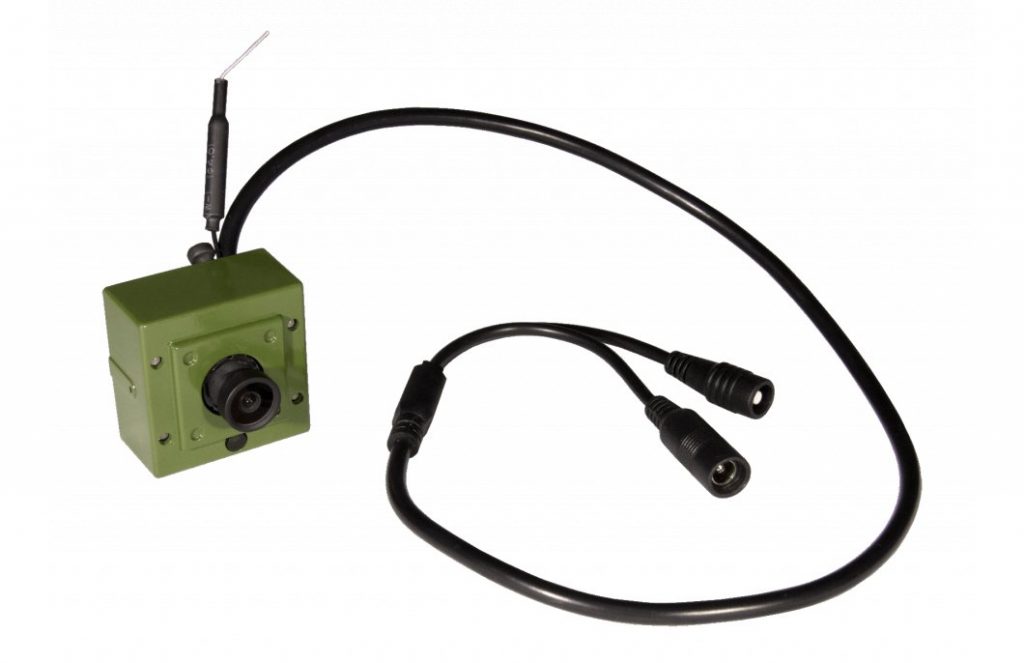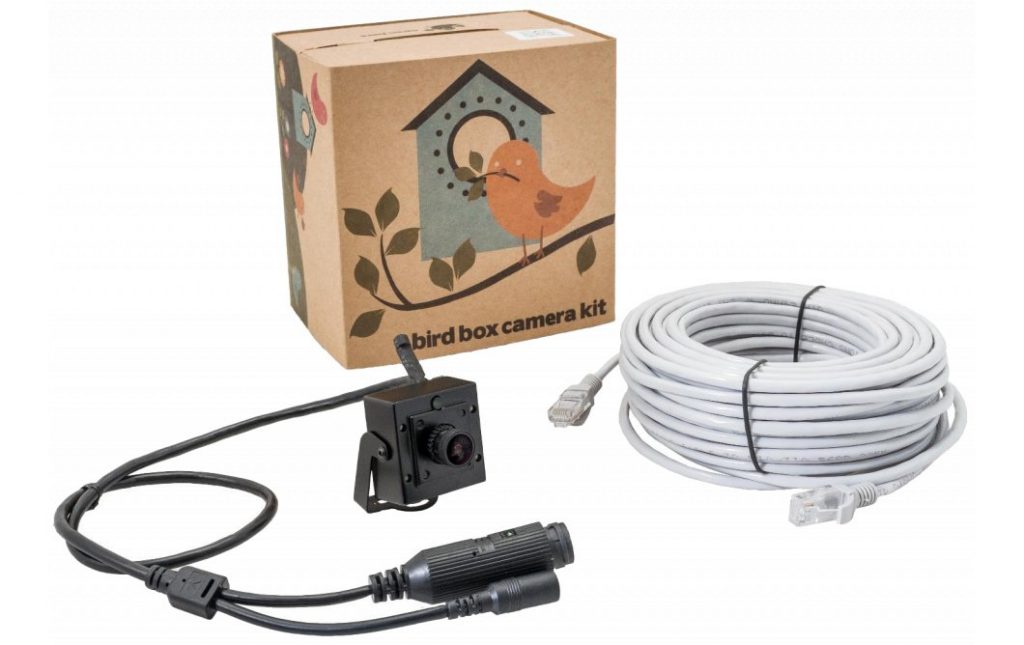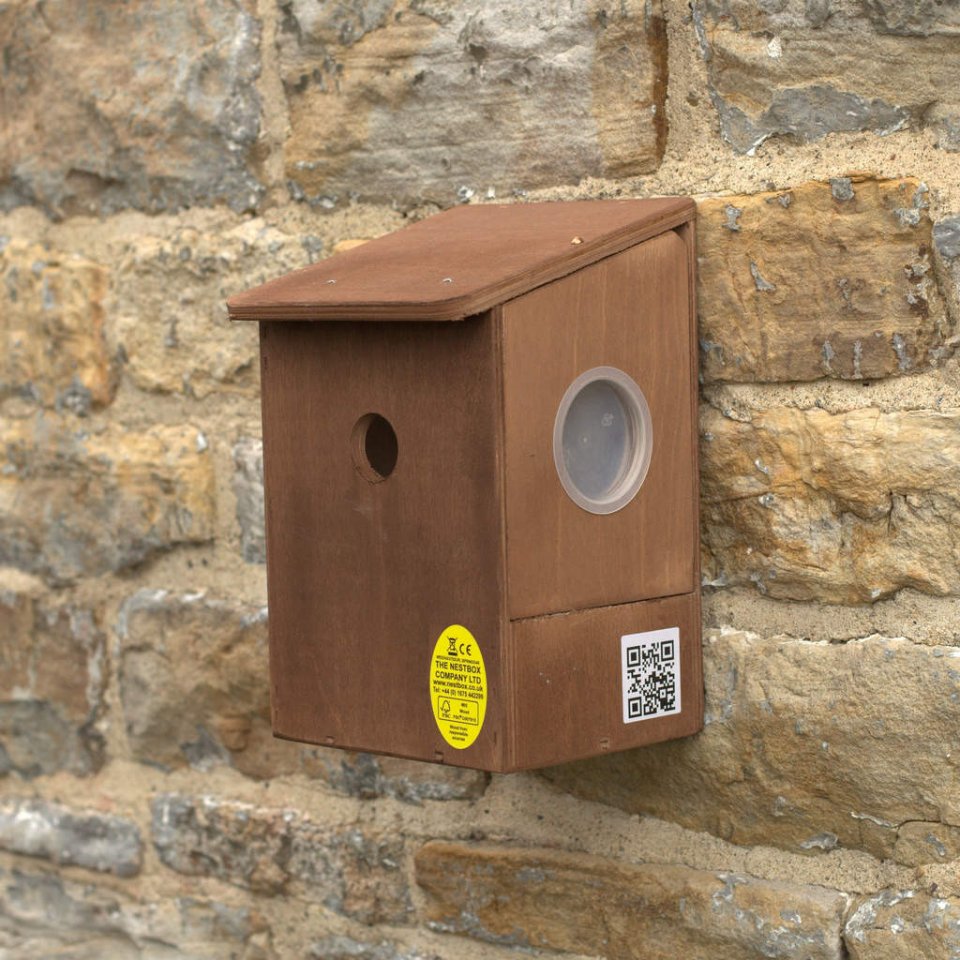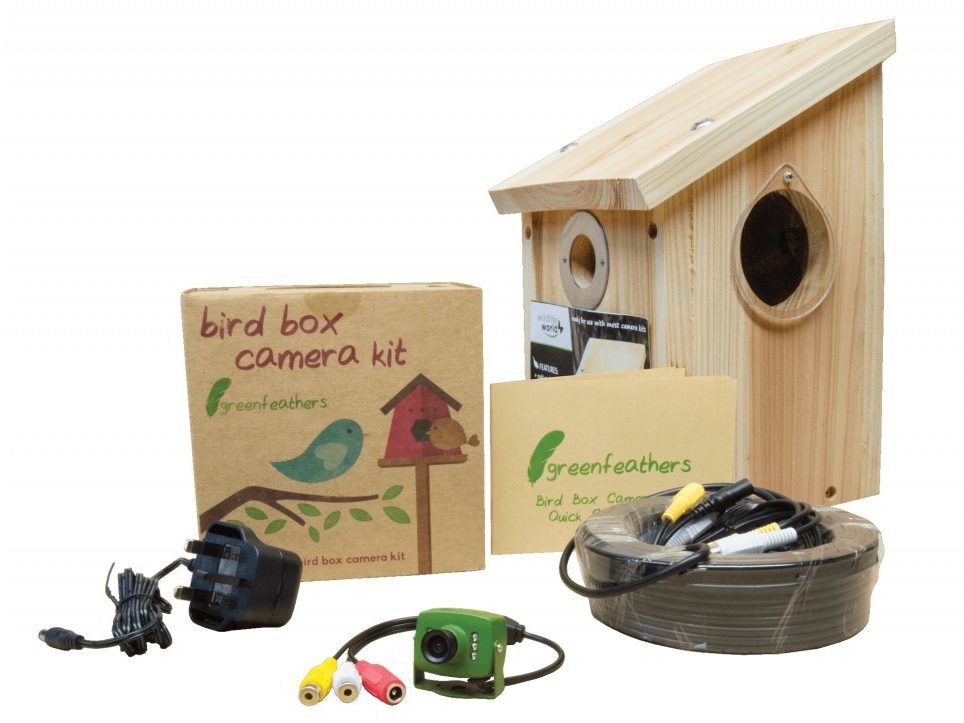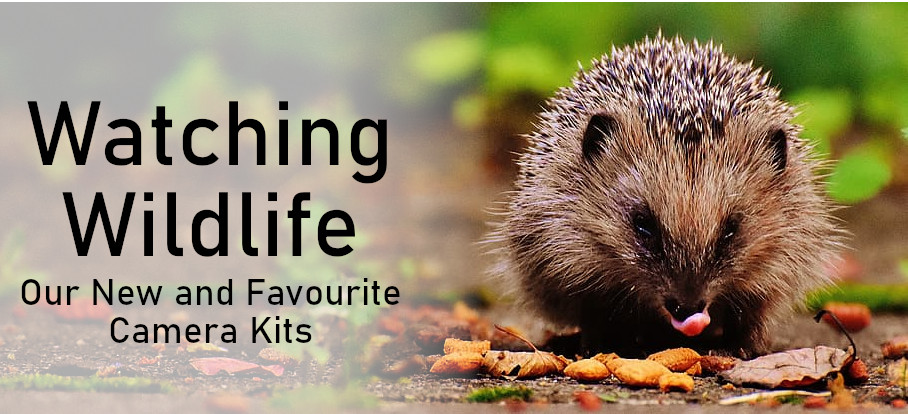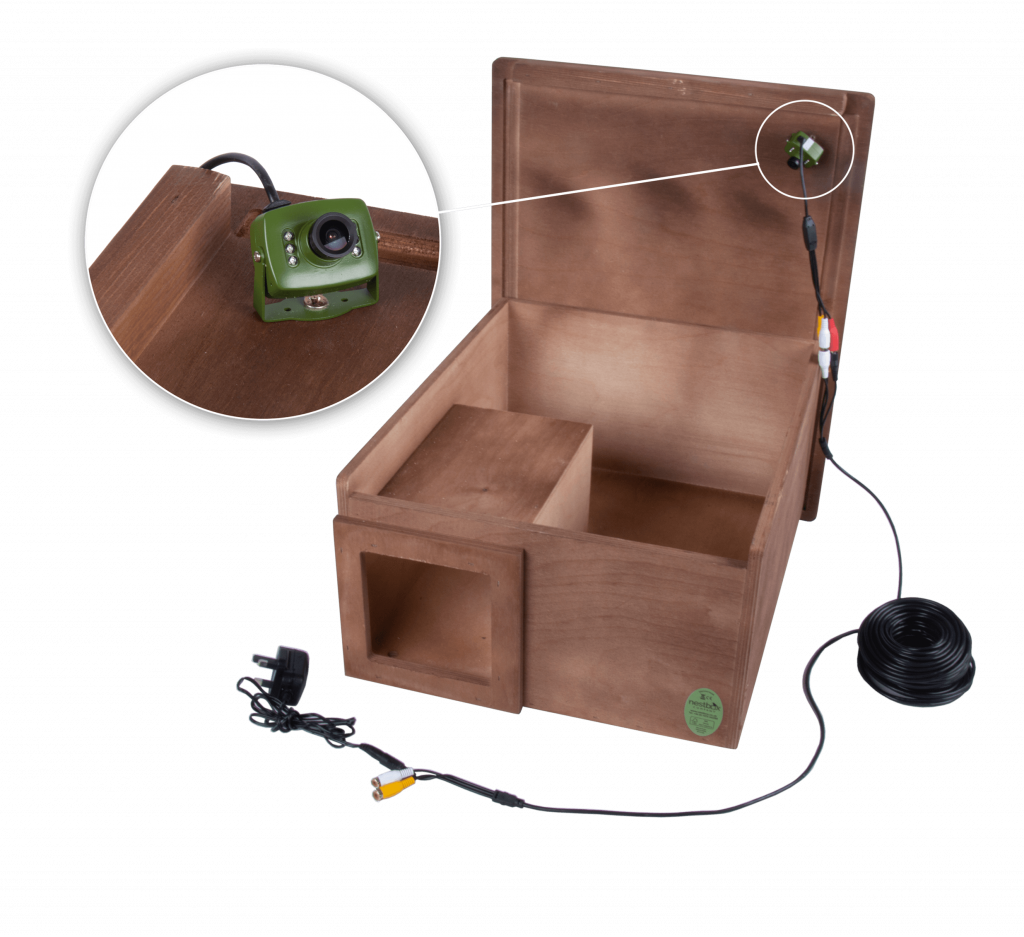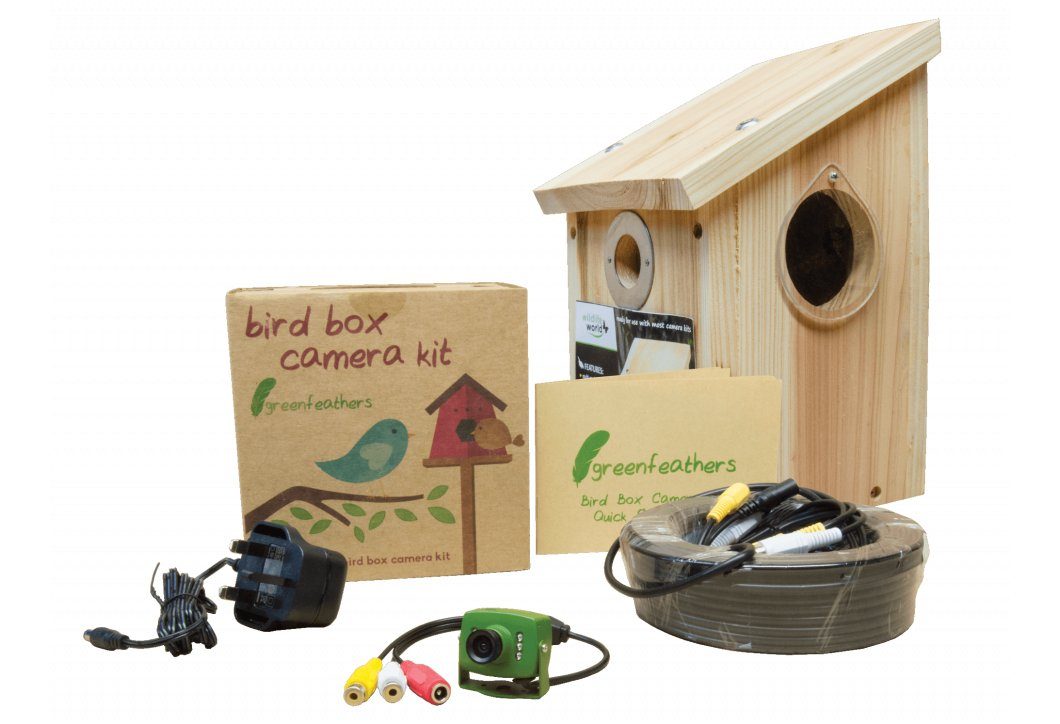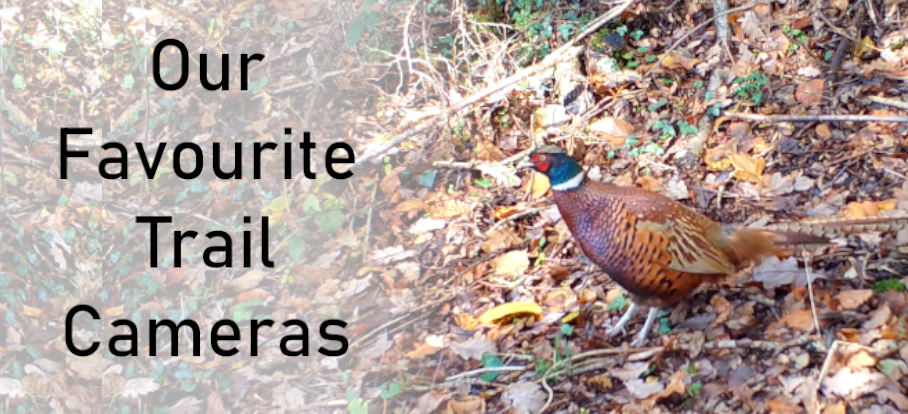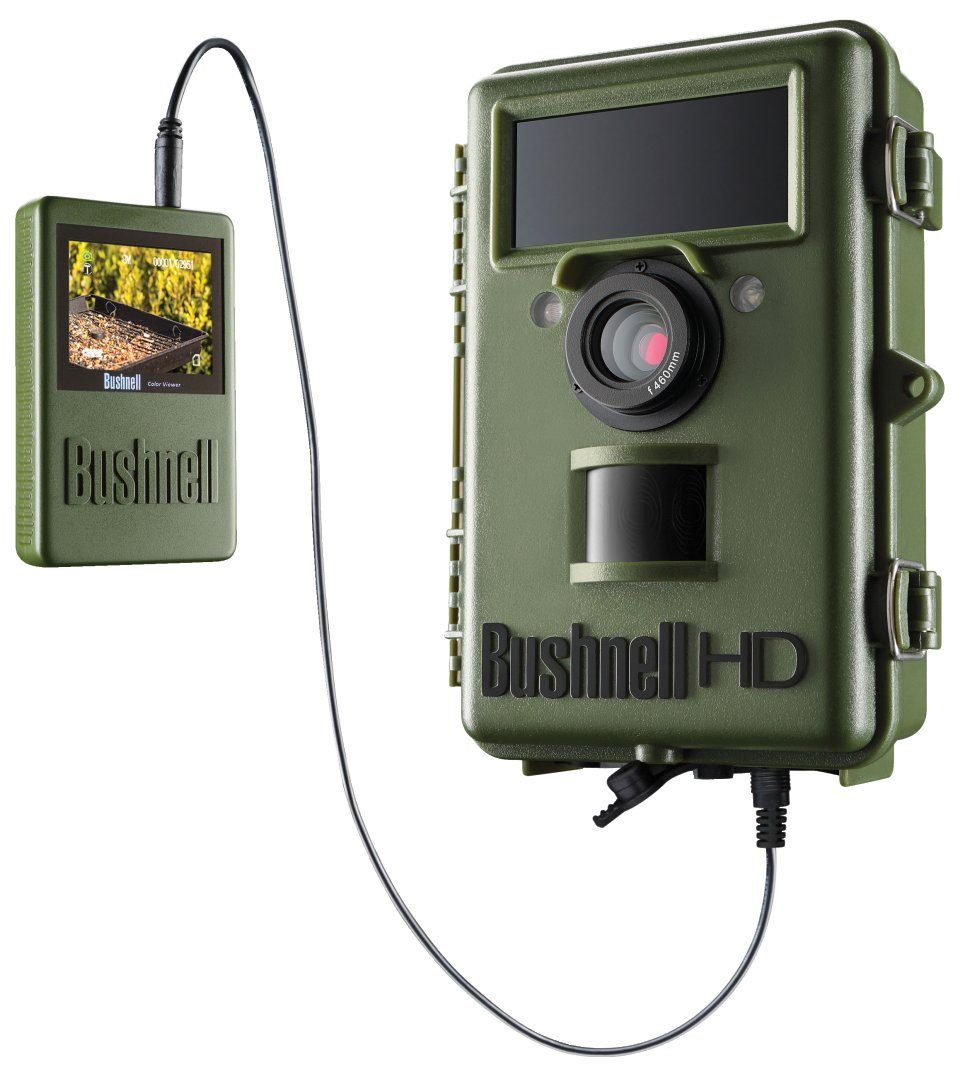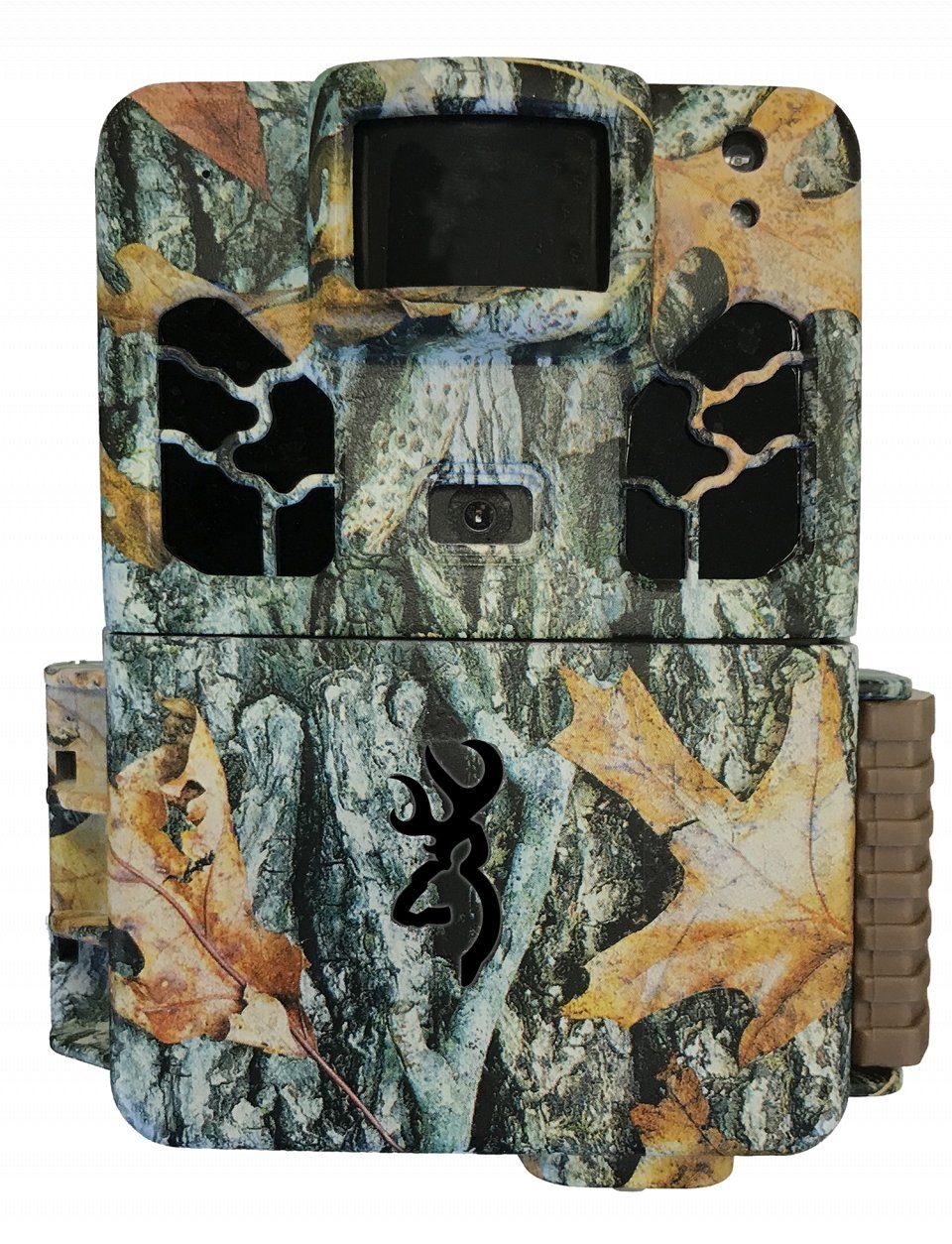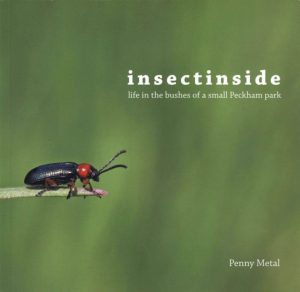 As recently featured on BBC’s Springwatch, Insectinside is a fantastic book featuring hundreds of species of insect that have all been found in Warwick Gardens in Peckham by author, Penny Metal.
As recently featured on BBC’s Springwatch, Insectinside is a fantastic book featuring hundreds of species of insect that have all been found in Warwick Gardens in Peckham by author, Penny Metal.
With Penny’s incredible photographs and often humorous social commentary, Insectinside is an inspiring look at the diversity you can find just beyond your doorstep, as well as the vital importance of our natural spaces.
Can you tell us about your background and how you came to write this book?
I have a background in graphic design and often work in the area of nature conservation. This means I get to see what projects are happening etc. I work from home and decided to spend my lunch breaks in my local park 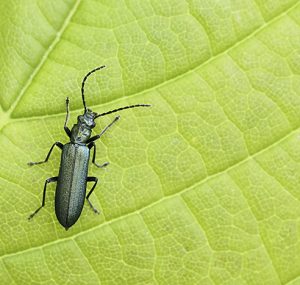 photographing and surveying insects. I learned about the insects, watched them and counted the sheer number of species, and realised that no one else had actually surveyed a small urban park extensively. The book came about as I wanted to show people what was living in the bushes and to put Peckham on the entomological map!
photographing and surveying insects. I learned about the insects, watched them and counted the sheer number of species, and realised that no one else had actually surveyed a small urban park extensively. The book came about as I wanted to show people what was living in the bushes and to put Peckham on the entomological map!
Insectinside is written from the unique perspective of the insects that dwell in Peckham Park. What inspired you to write this way, rather than in a more traditional prose?
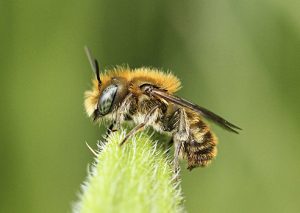
I wanted to try a different way of presenting information that would ‘hook’ people and short stories were the way to go. A lot of people don’t like insects and comparing their lives to ours not only elevates them, it gives the reader another perspective on how wonderful they are, and you can add a bit of humour alongside topics which are happening at the time (gentrification, Brexit etc). I find them fun to write, and am often inspired by how an insect looks or acts and what is going on in the news and try and link the two together. It is a good way to introduce some of the lesser known insects. My strategy appears to have worked!
Do you have any favourite species that you would like to tell us about?
I am a big fan of wasps, especially parasitic wasps. My favourite is the Gasteruption jaculator and watching her squeeze herself into the tiniest beetle holes where the scissor bees nest to lay her eggs is a sight to behold.
Recreational places like parks might not always be considered for their conservation potential. What can you tell us about the significance of parkland in the UK?
I think parks have been overlooked as areas of conservation. They can be large places and they have to work hard – recreation, dog spaces, playgrounds, sports spaces, neat formal areas for aesthetics etc, lighting, 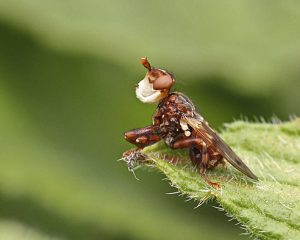 and usually open 24 hours – but there is no reason why we can’t include habitats for our wildlife. A simple solution would be to leave areas un-mowed to grow wild. In the parks of my local area in London, large swathes of grasses and flowers have been left to mature and people have been really receptive to it. I think we are finally moving away from the Victorian ideal of neat and tidy!
and usually open 24 hours – but there is no reason why we can’t include habitats for our wildlife. A simple solution would be to leave areas un-mowed to grow wild. In the parks of my local area in London, large swathes of grasses and flowers have been left to mature and people have been really receptive to it. I think we are finally moving away from the Victorian ideal of neat and tidy!
With an ever-growing population in the UK, parklands are becoming increasingly busier. What do you think we need to do to protect our natural spaces?
Tell people to stop destroying them, and to take their rubbish home! Luckily there is more awareness now about the importance of our natural spaces, though there is a way to go yet to get everyone on board. Personally, I would like for our natural spaces to be so integrated into our lives that we can drop names like ‘nature reserve’ and just appreciate nature for what it is.
The book has a great many beautiful insect photographs, taken by yourself. Do you have any advice for aspiring macro-photographers?
Keep a sharp eye and a steady hand! Watch them to see how they move – for instance dragonflies tend to return to their perch a couple of times before they fly away for good. And a sunny day with clouds is the best time to photograph flying insects as they stop and have a rest when the sun is hidden.
Insectinside
By: Penny Metal
Paperback | Due in stock soon | £19.99
All prices correct at the time of this article’s publication.

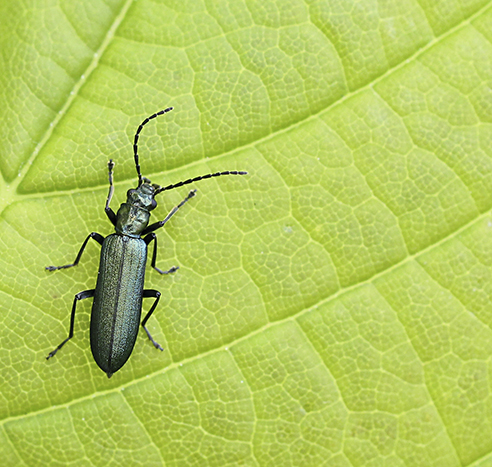
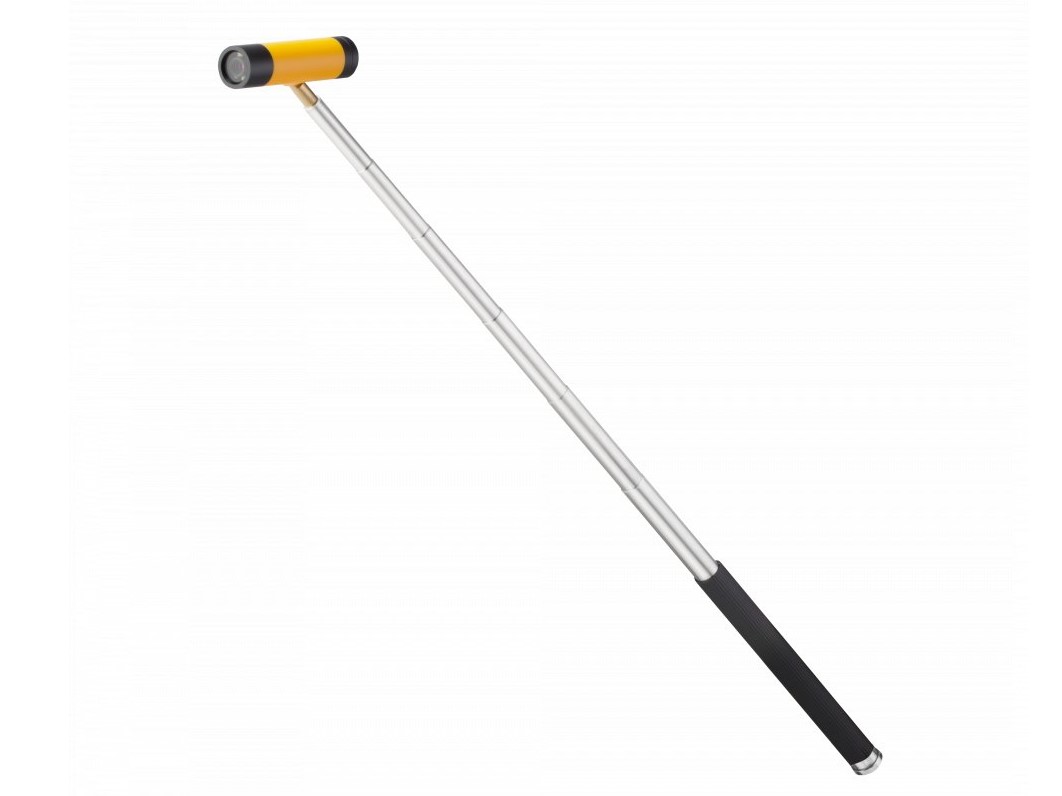
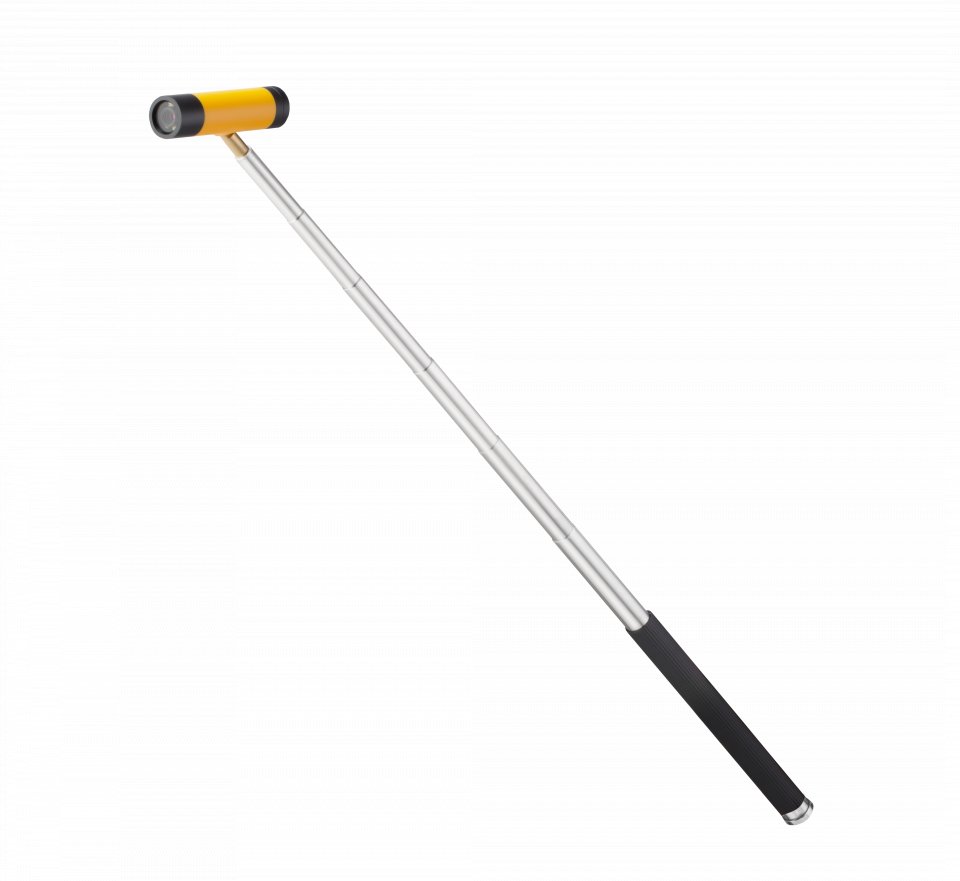




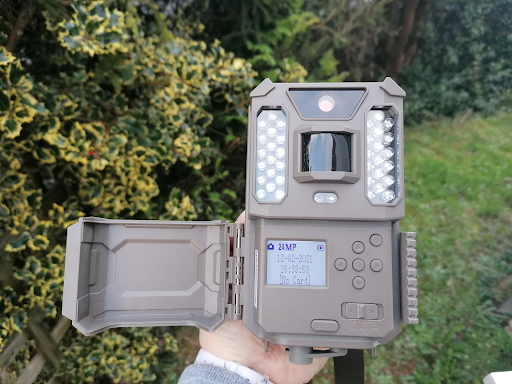
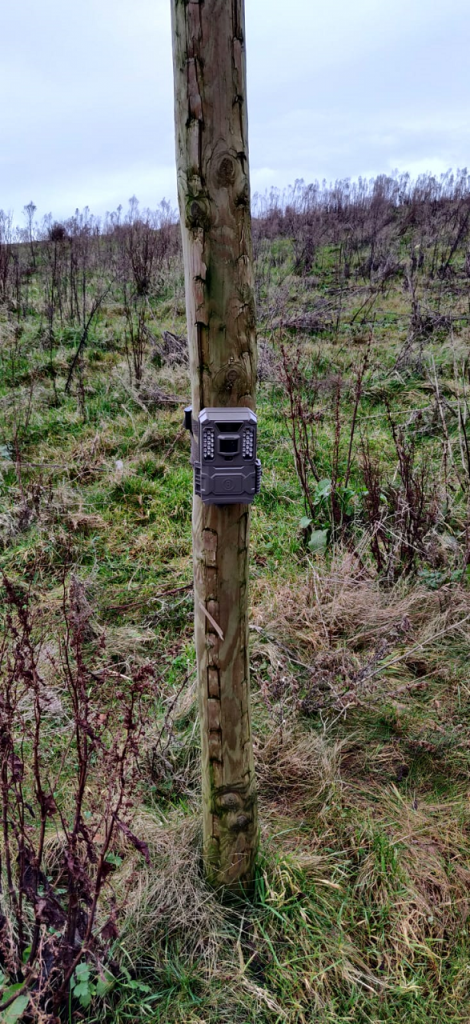
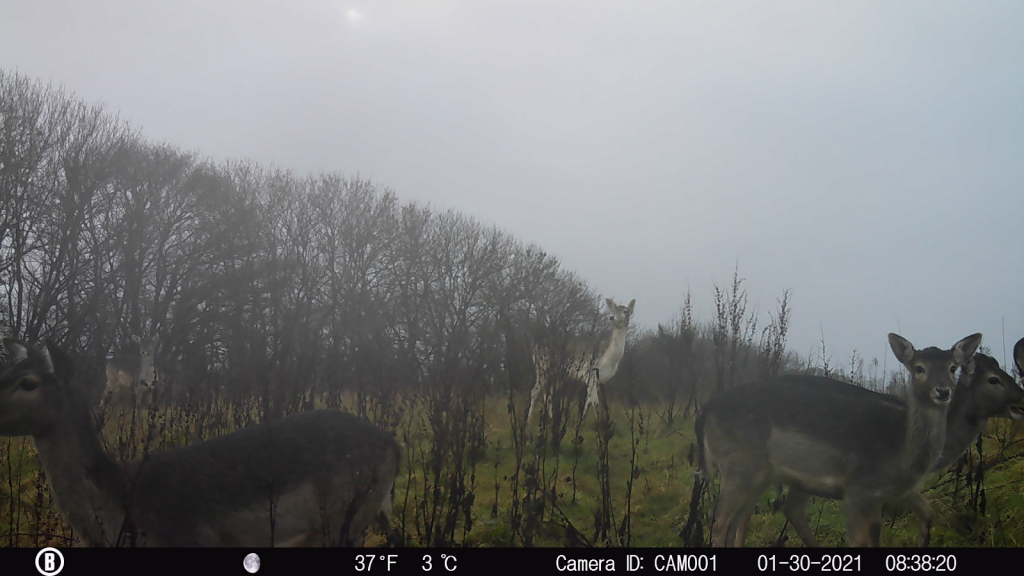
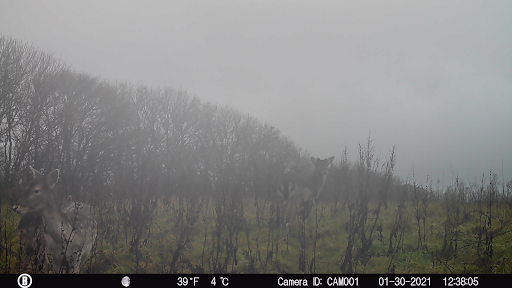 However, when there was no cloud bank, even on a dull day the photos were bright and crisp as you can see in the below photos. We were particularly impressed by the close focus as many trail cameras are not designed with close focus in mind and the Bushnell Prime trail camera’s manual recommends that your target monitoring area be no closer than 3m to the camera. Although the bait was put further than 3m away, the animals certainly ventured closer to the camera.
However, when there was no cloud bank, even on a dull day the photos were bright and crisp as you can see in the below photos. We were particularly impressed by the close focus as many trail cameras are not designed with close focus in mind and the Bushnell Prime trail camera’s manual recommends that your target monitoring area be no closer than 3m to the camera. Although the bait was put further than 3m away, the animals certainly ventured closer to the camera.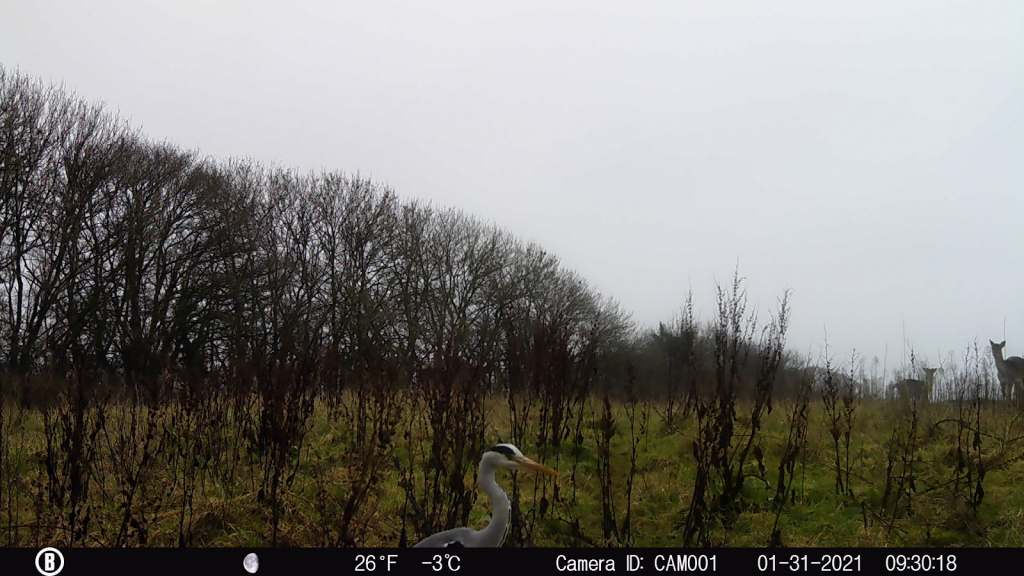
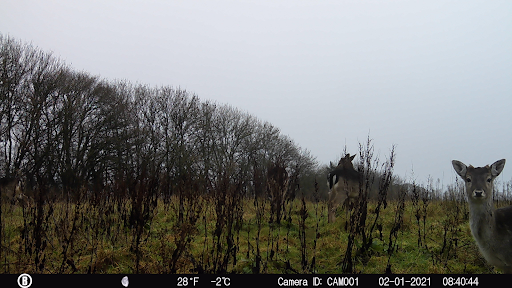 That being said, my preferred photos from the Bushnell Prime trail camera come from dusk and dawn, when the camera is still using the IR flash but there is some natural light illuminating the subject, as seen below.
That being said, my preferred photos from the Bushnell Prime trail camera come from dusk and dawn, when the camera is still using the IR flash but there is some natural light illuminating the subject, as seen below.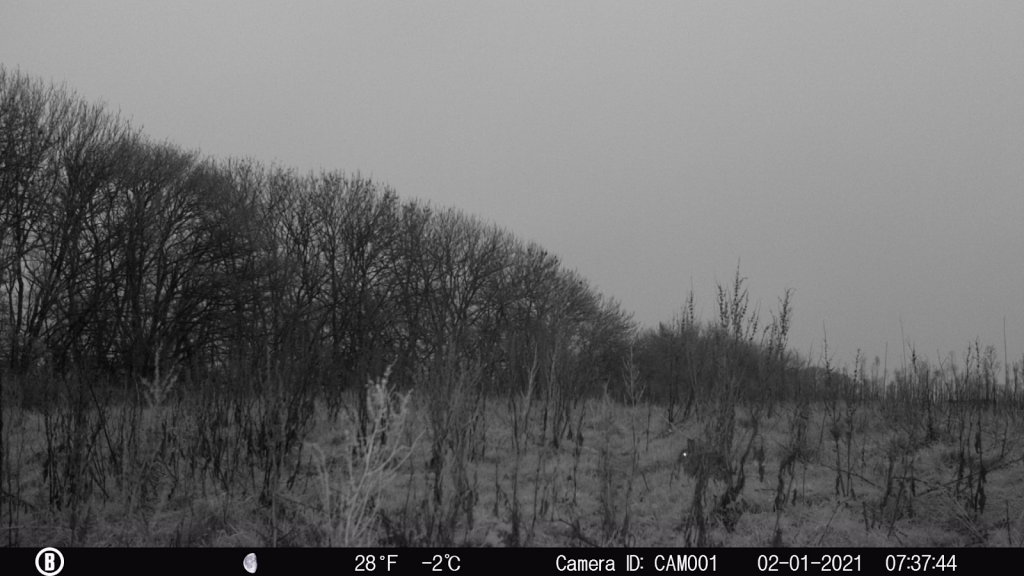 For our video testing we had slightly better weather though it was still not bright. We again found that the dawn lighting gave the best footage. We were impressed with the quick trigger speed for footage of a rabbit running across the field of view, not having made it halfway before the video started recording. It was clear from the video footage that the deer did notice the glow from the IR flash on the camera but this did not seem to stop them (or any other animals) from frequenting the area. The audio captured was also good, and bird song was picked up in many videos even with howling wind at times. You can see a few of the many video clips we caught in the compilation below.
For our video testing we had slightly better weather though it was still not bright. We again found that the dawn lighting gave the best footage. We were impressed with the quick trigger speed for footage of a rabbit running across the field of view, not having made it halfway before the video started recording. It was clear from the video footage that the deer did notice the glow from the IR flash on the camera but this did not seem to stop them (or any other animals) from frequenting the area. The audio captured was also good, and bird song was picked up in many videos even with howling wind at times. You can see a few of the many video clips we caught in the compilation below.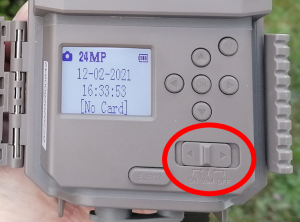
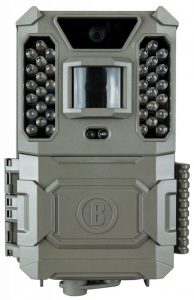
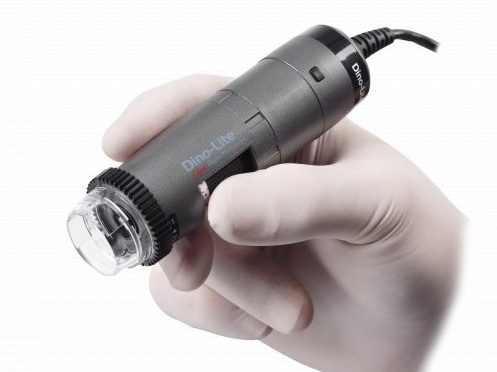
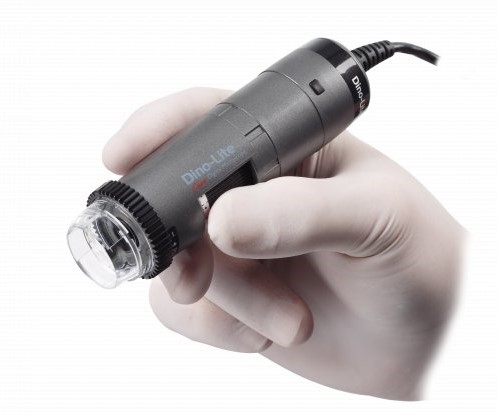
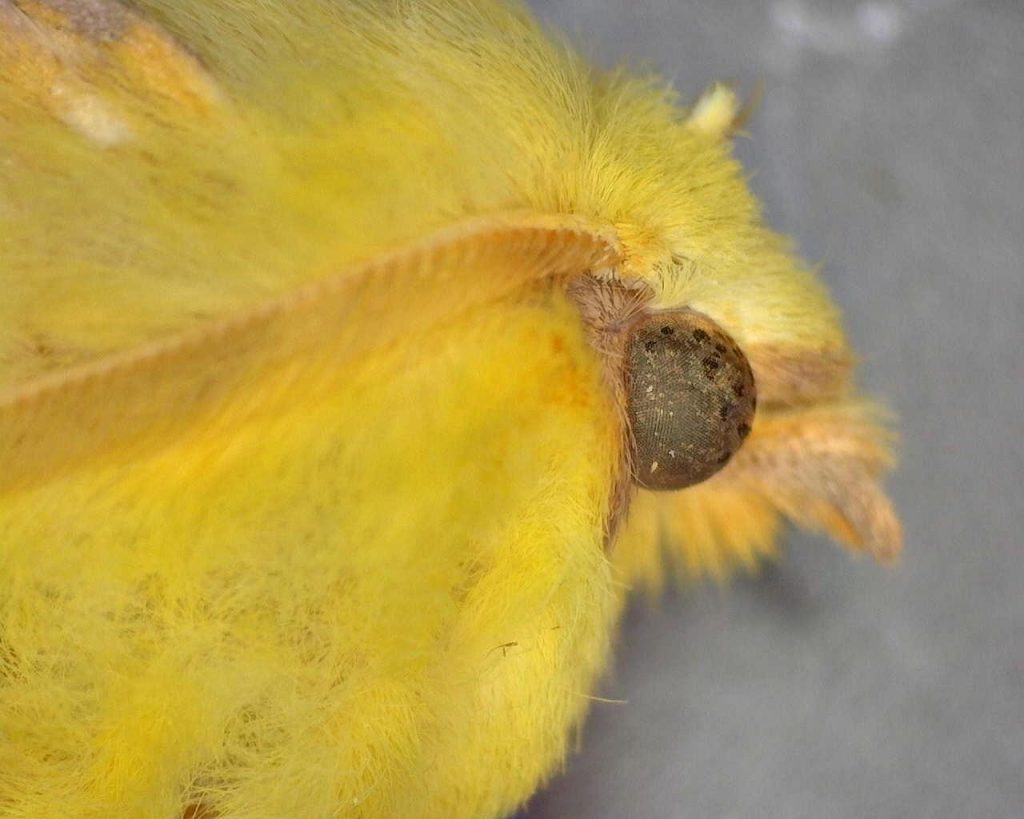
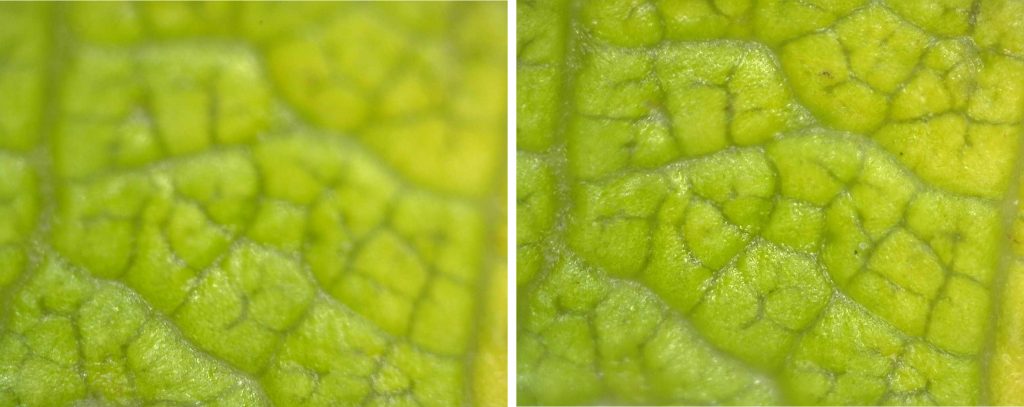
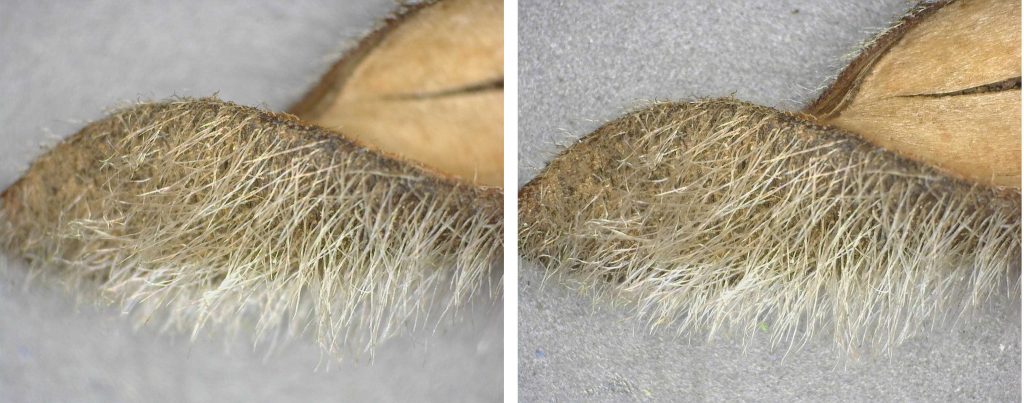

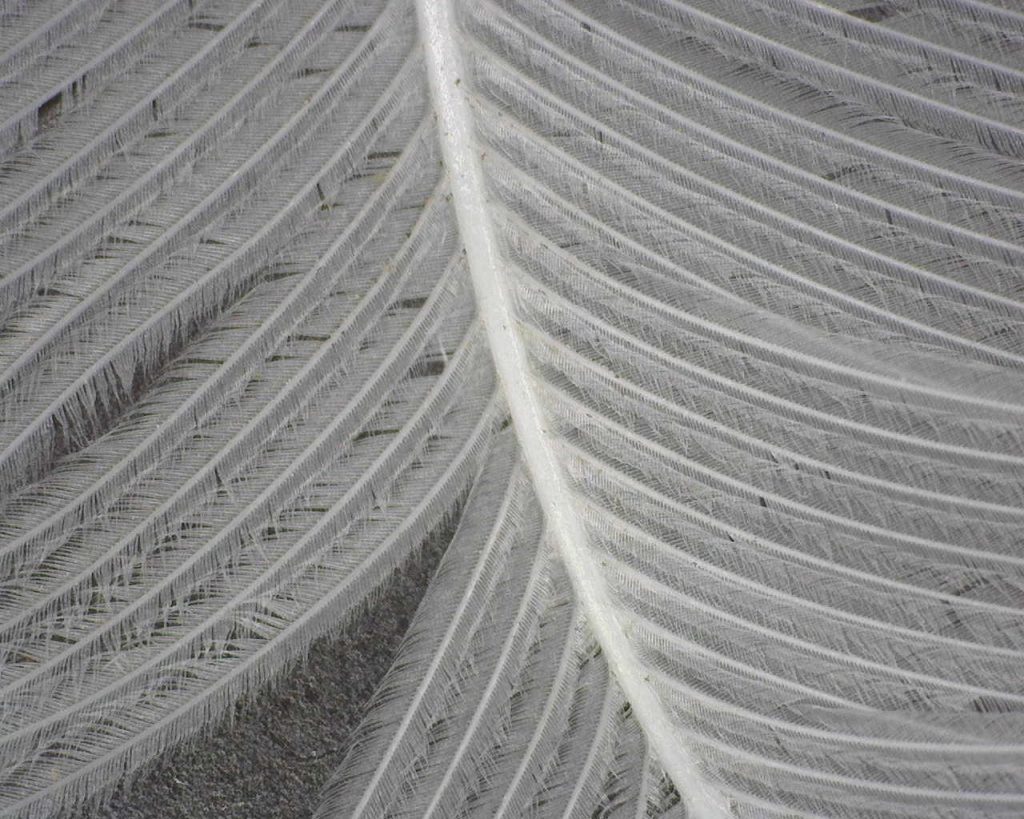
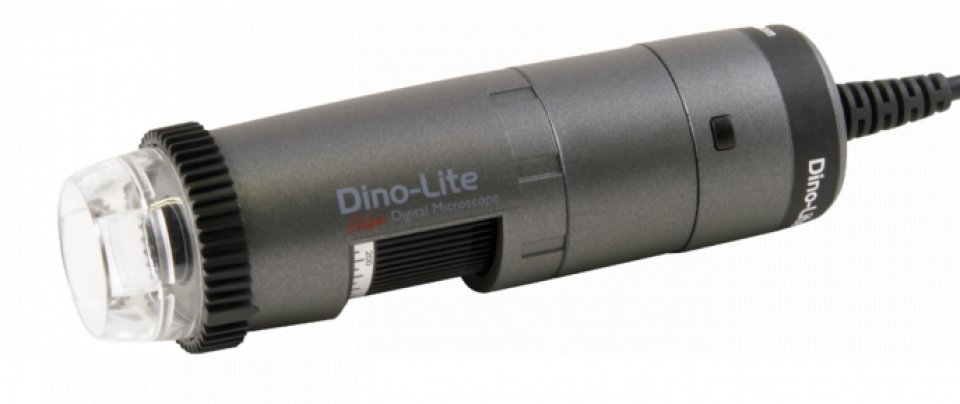
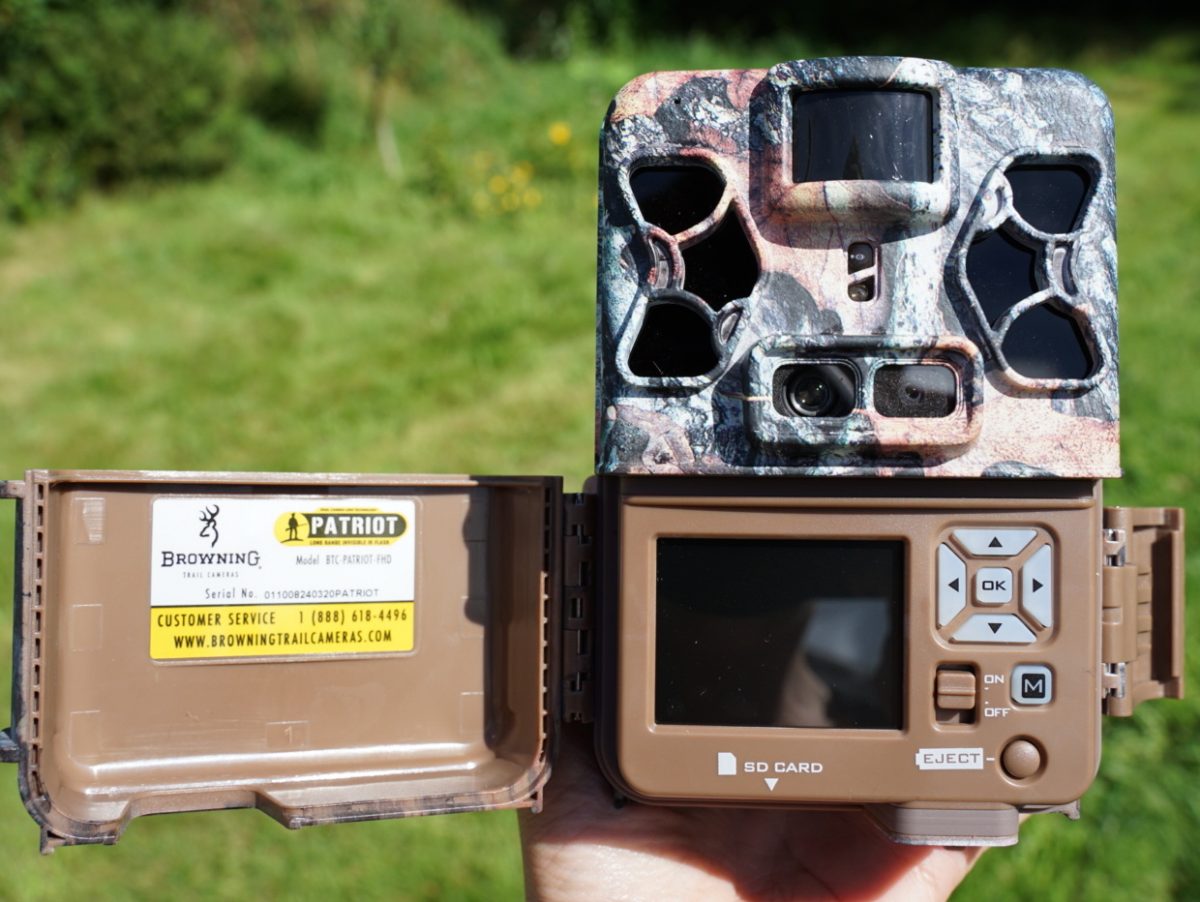
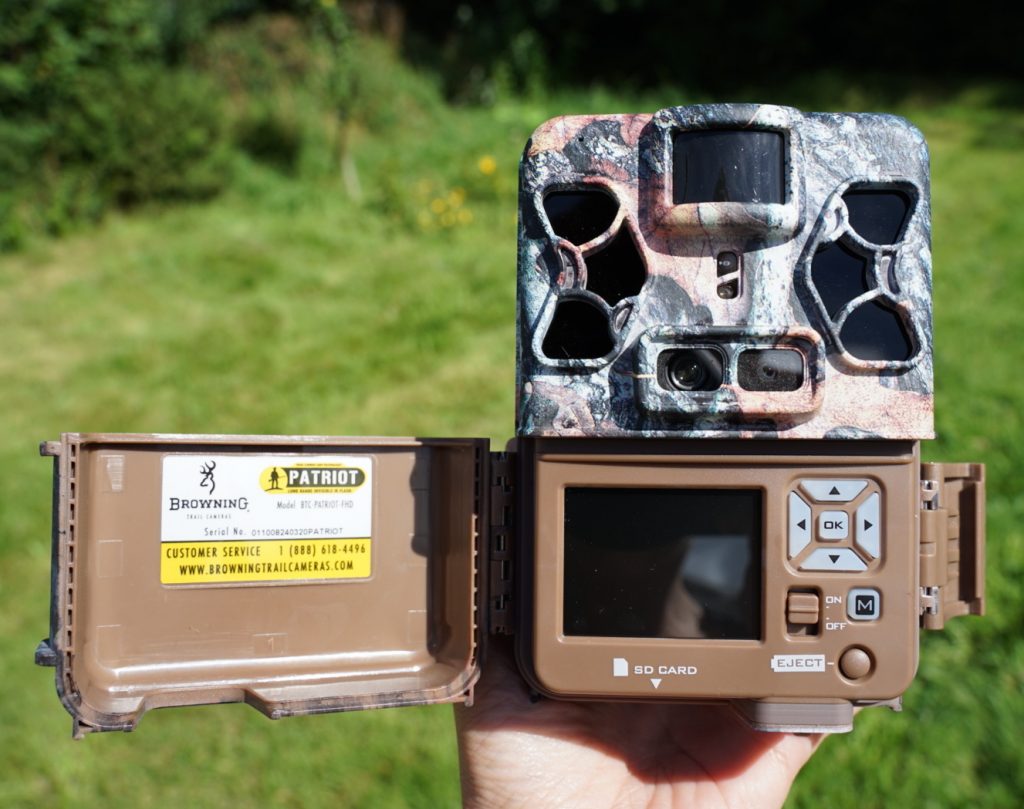
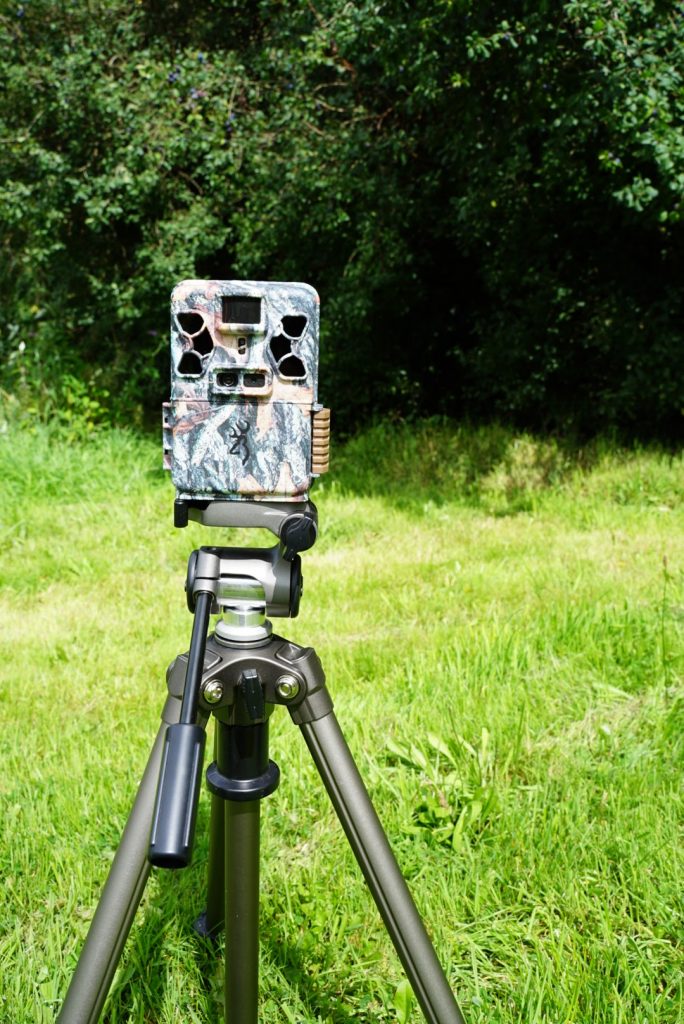
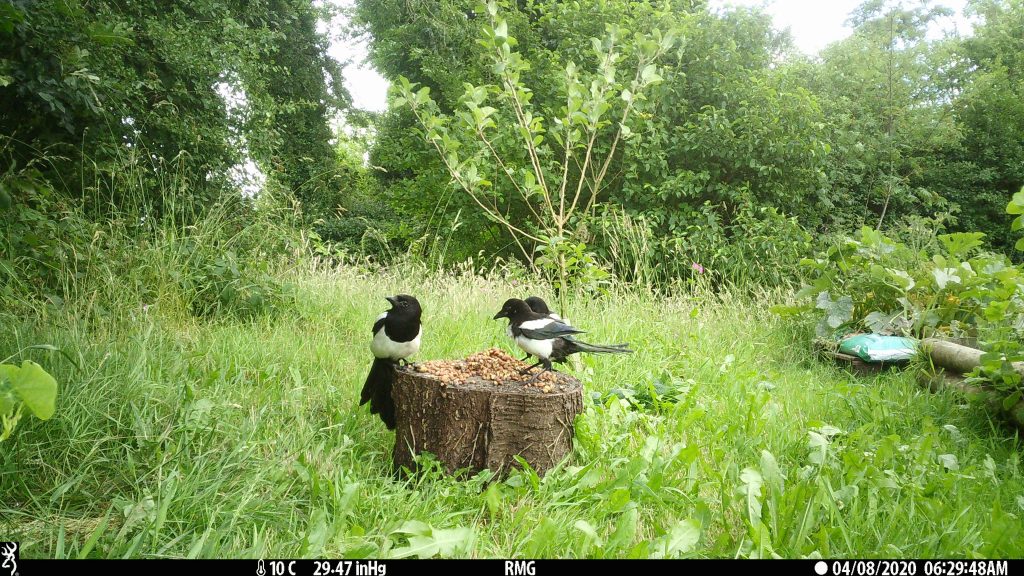
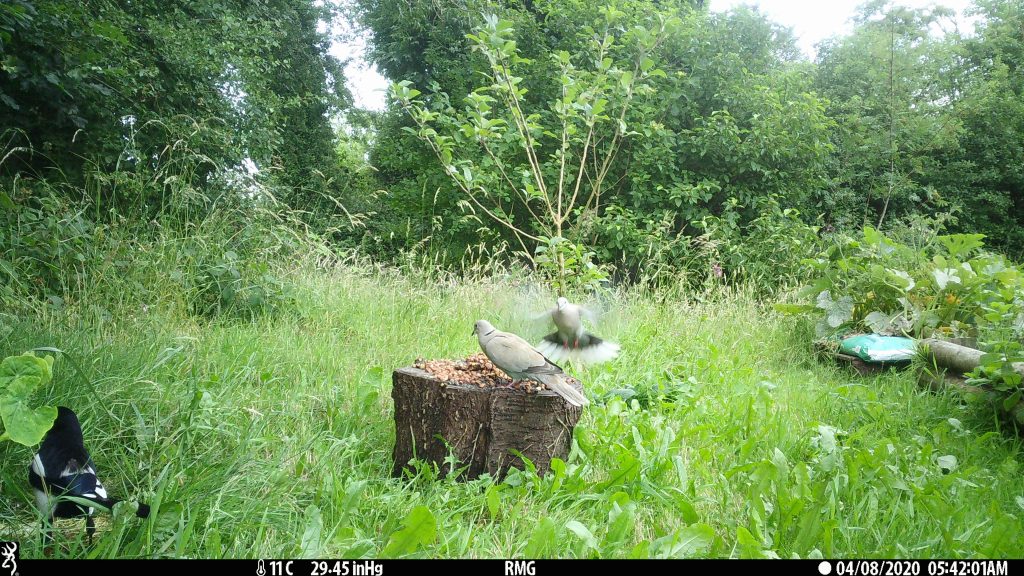
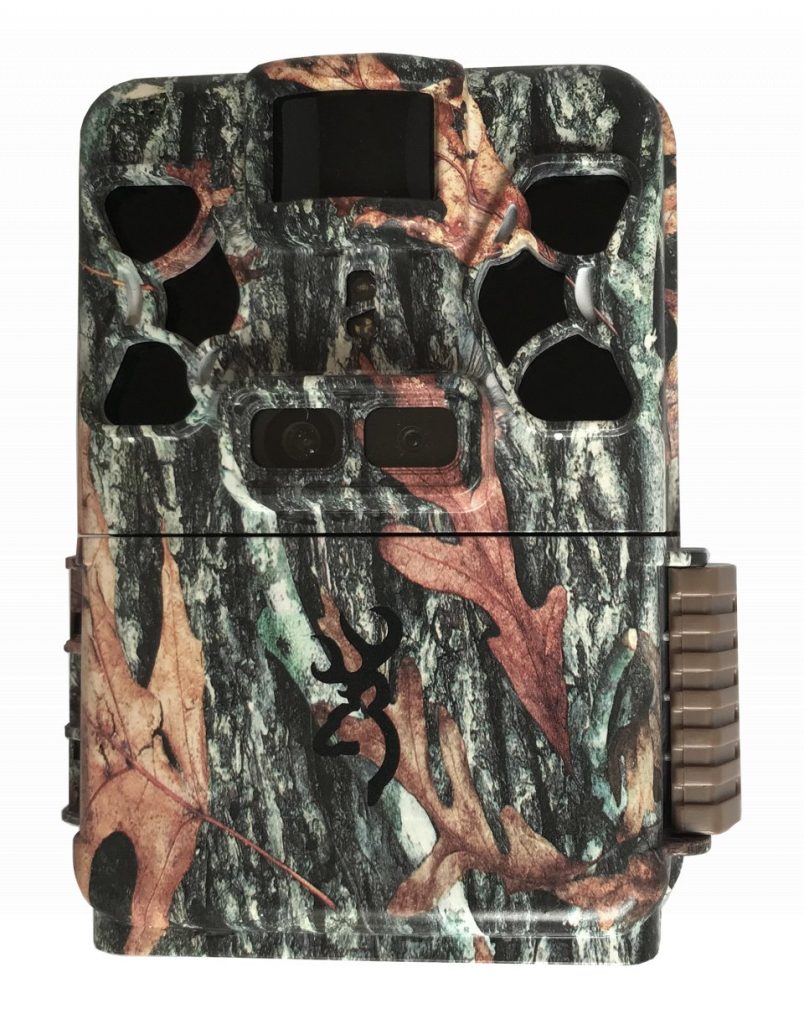
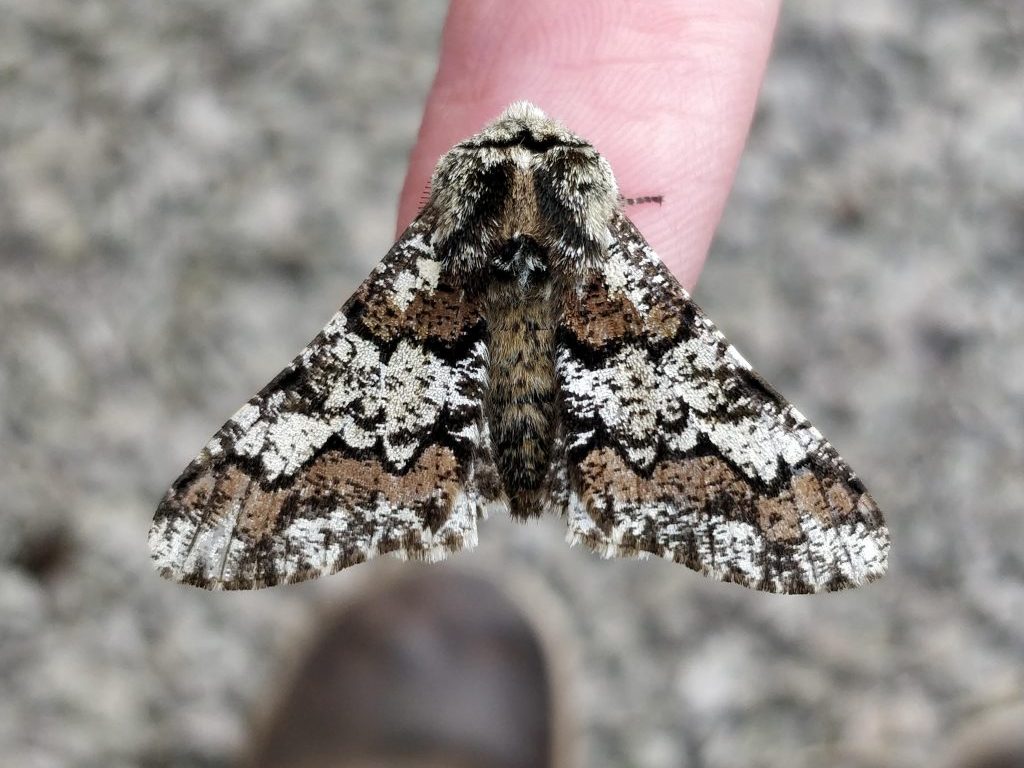
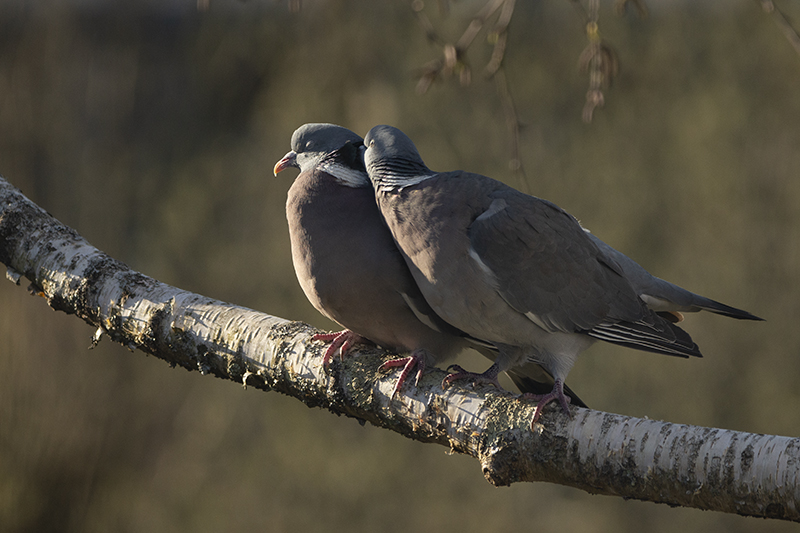
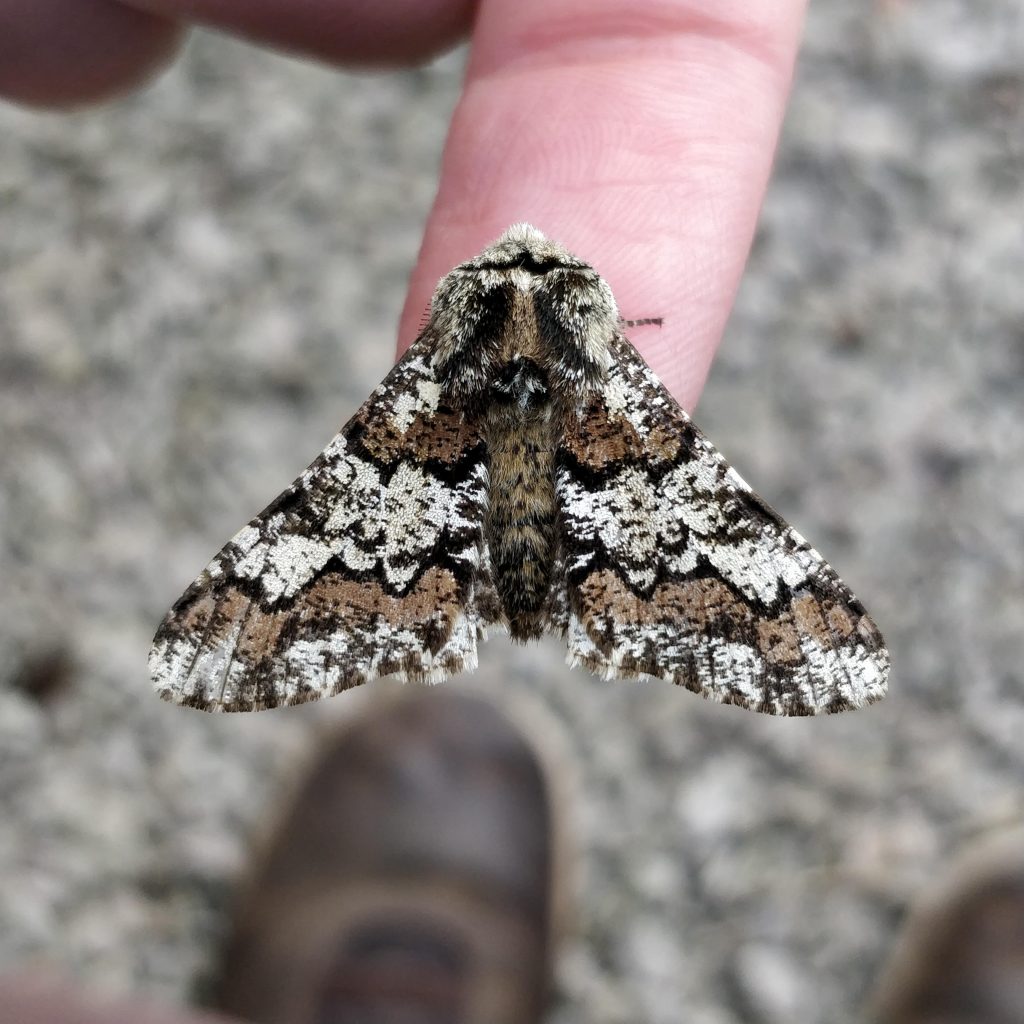
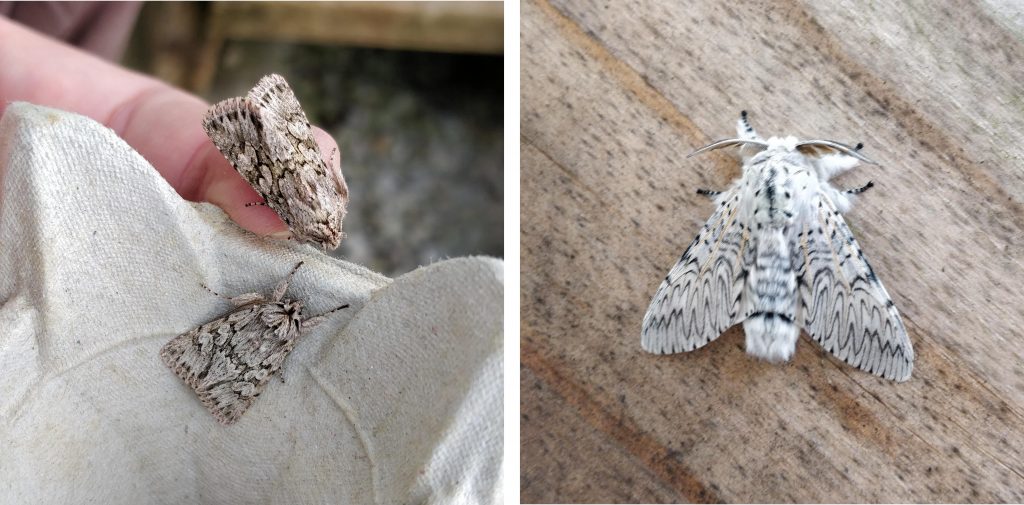
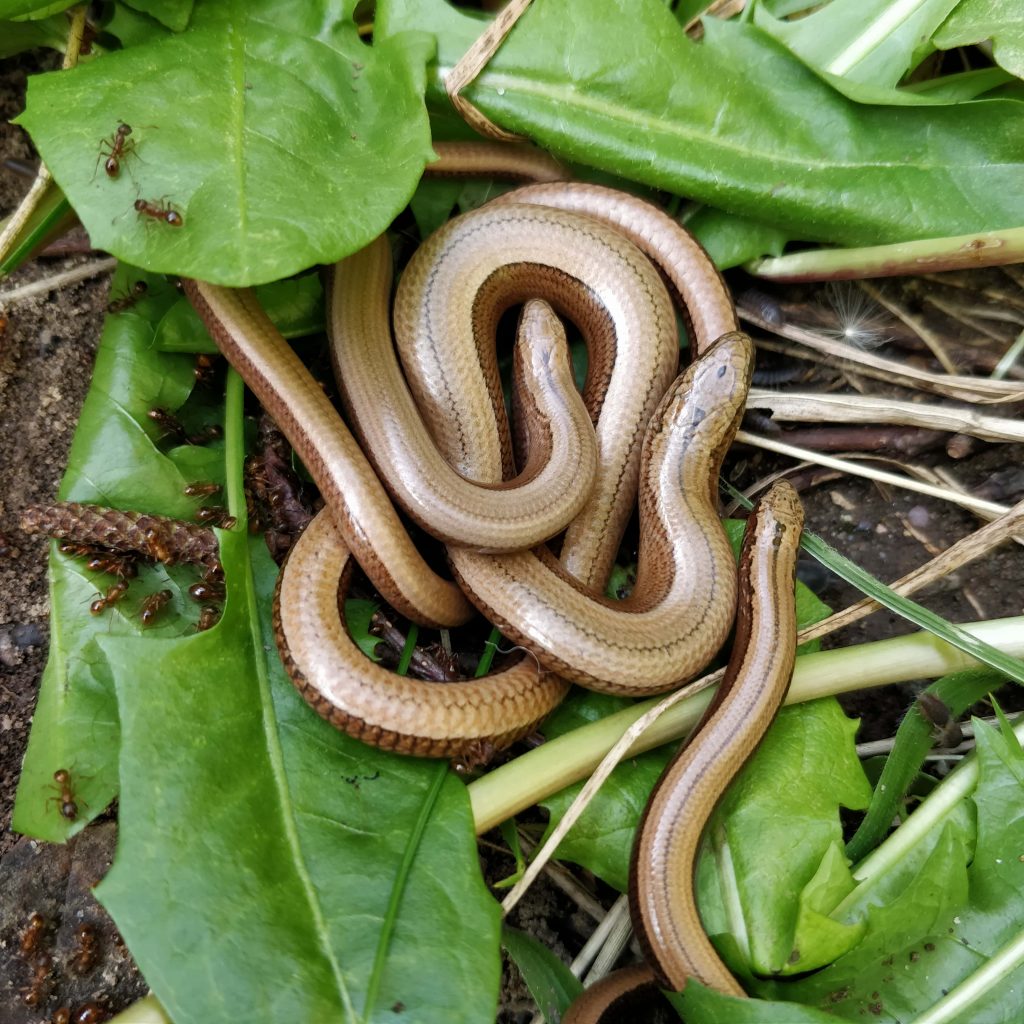
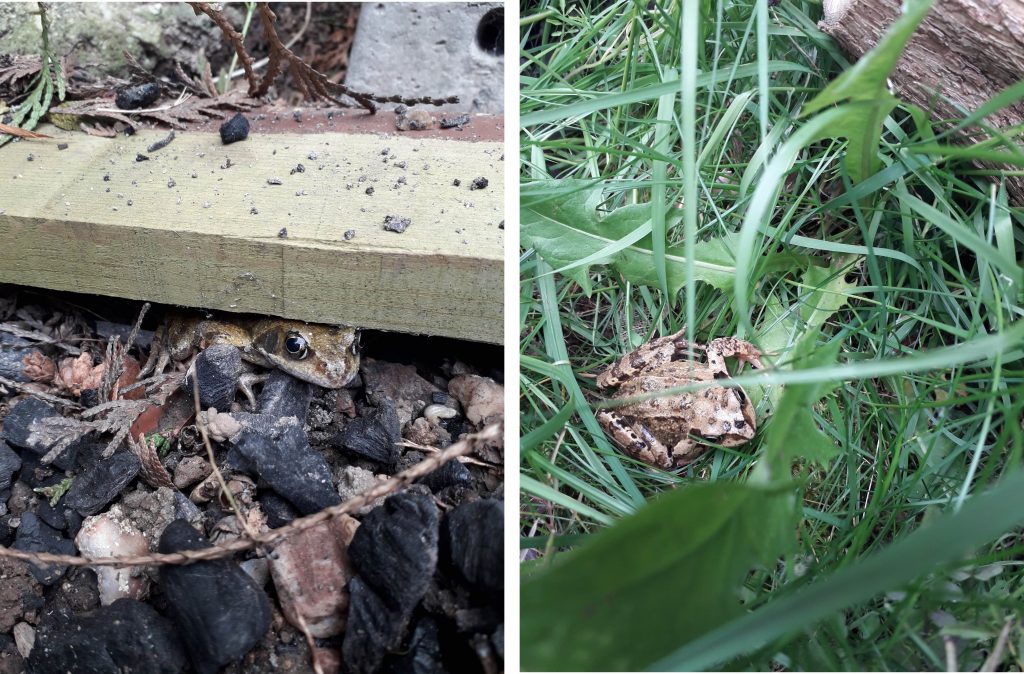
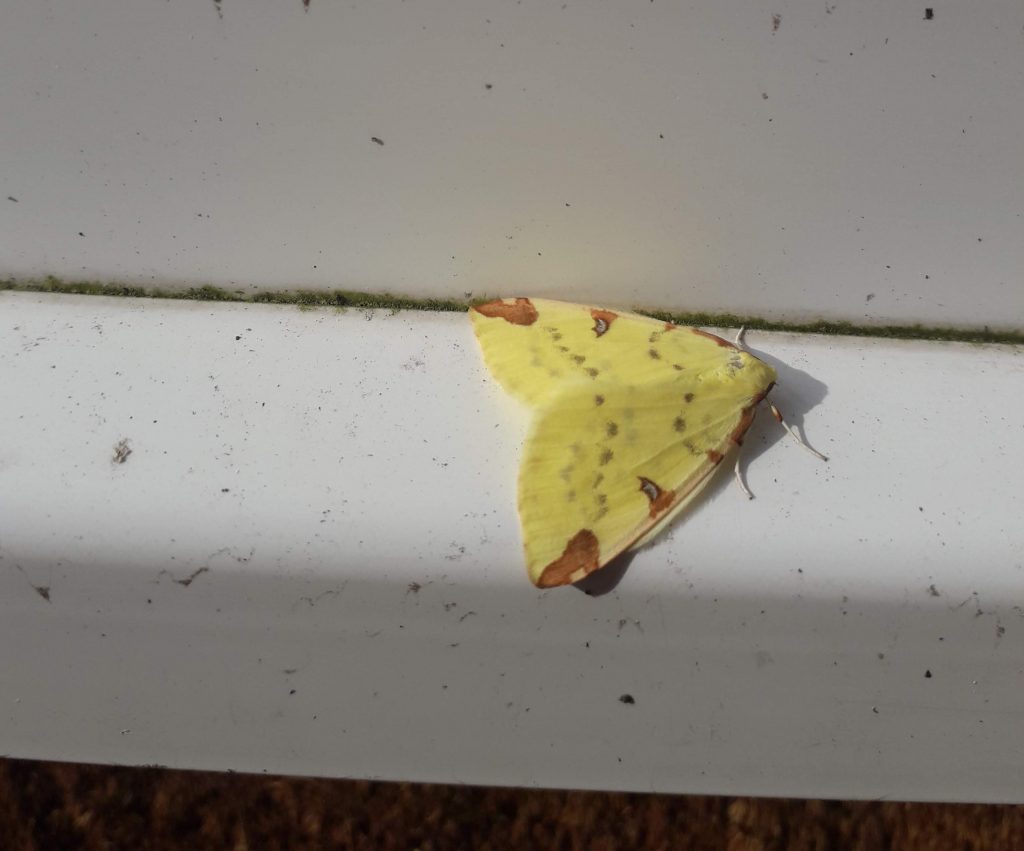
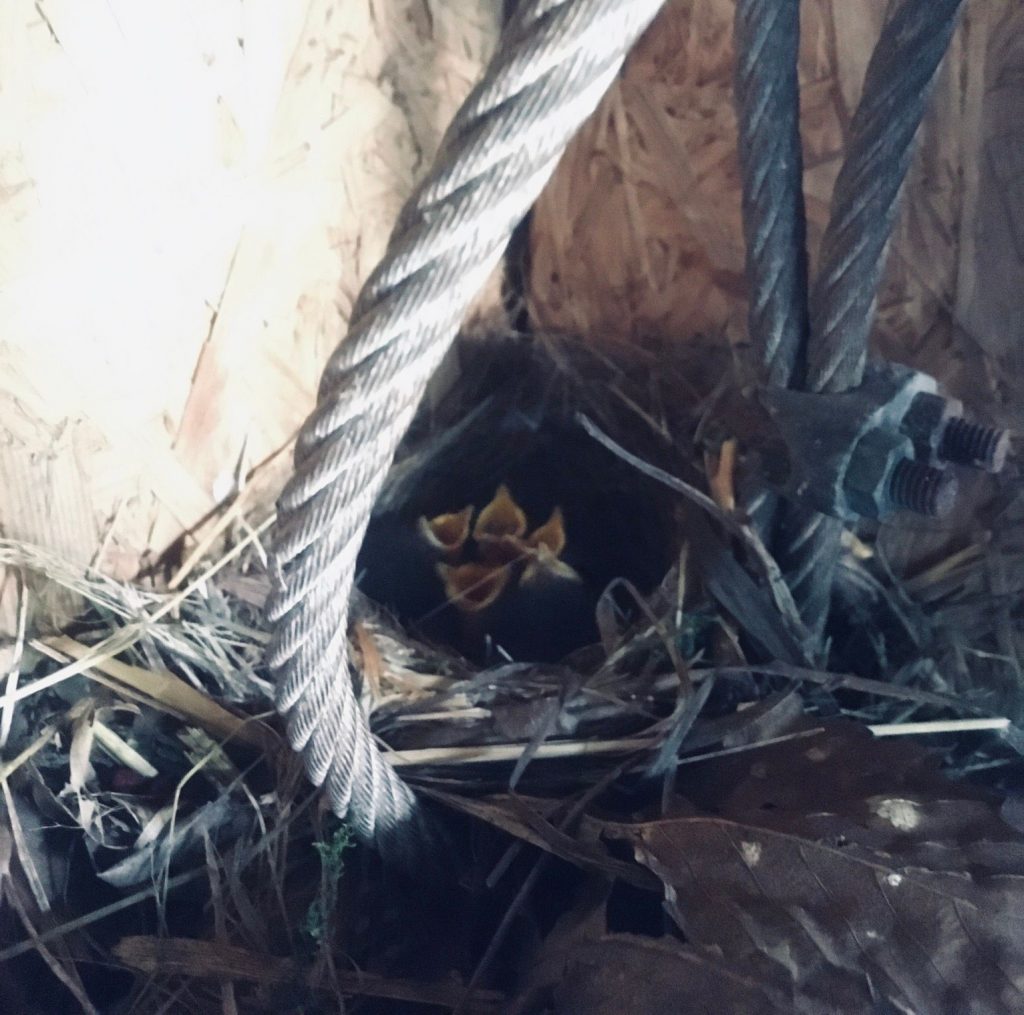
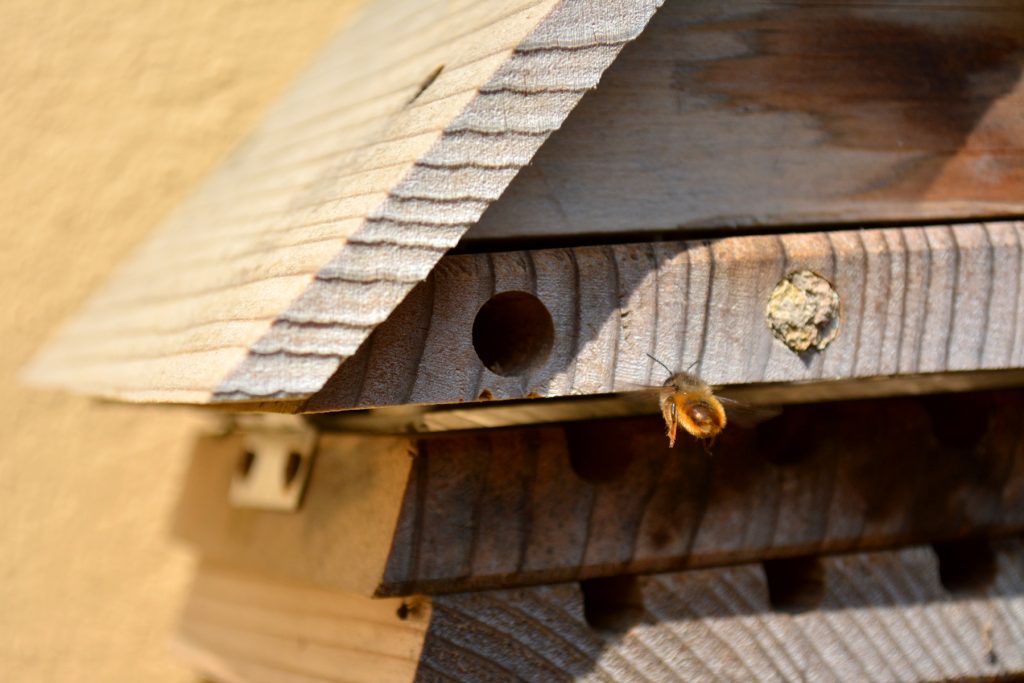
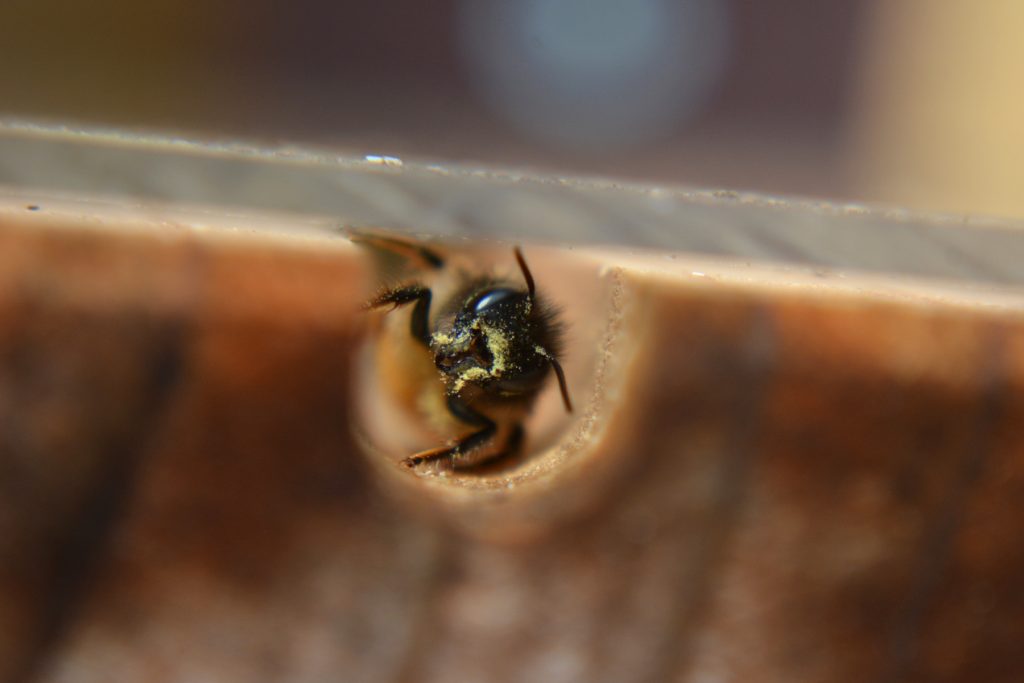
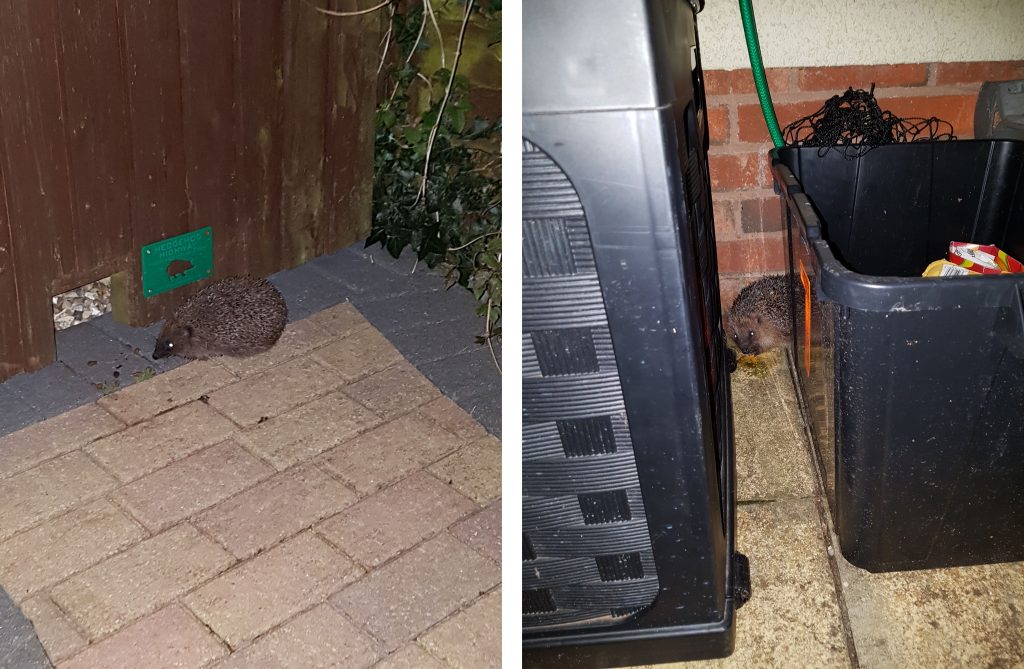
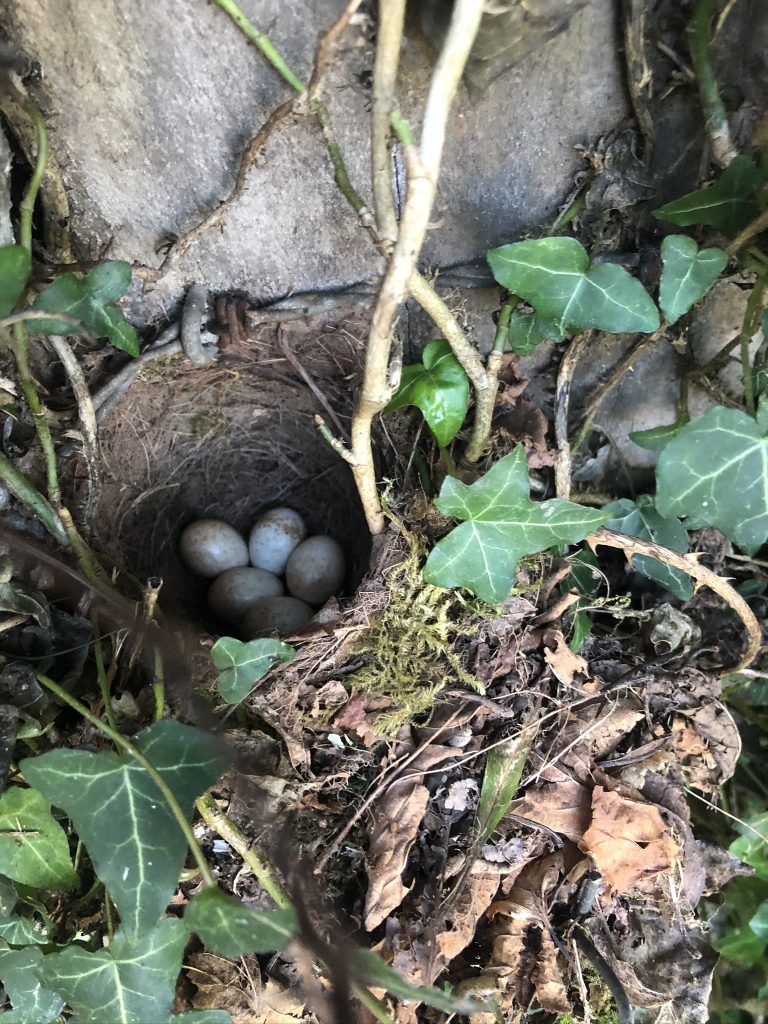
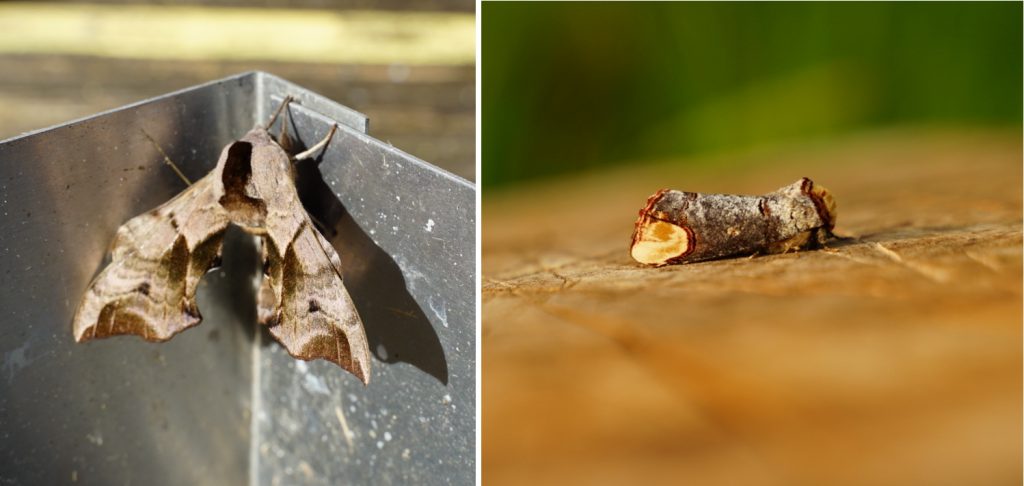
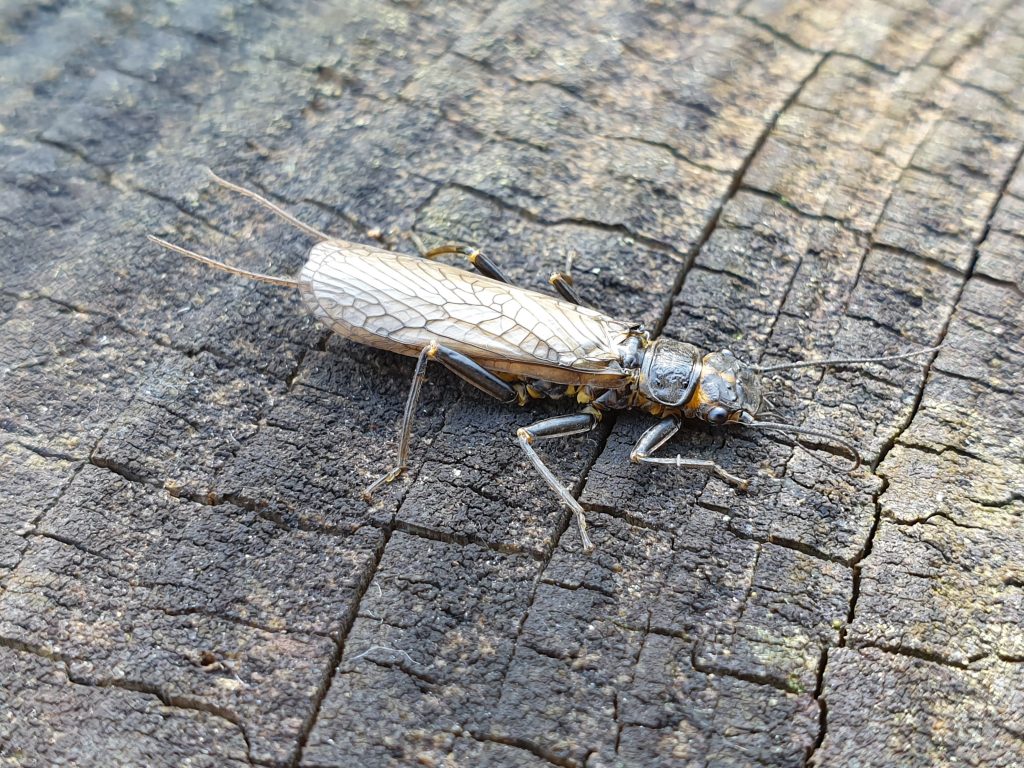
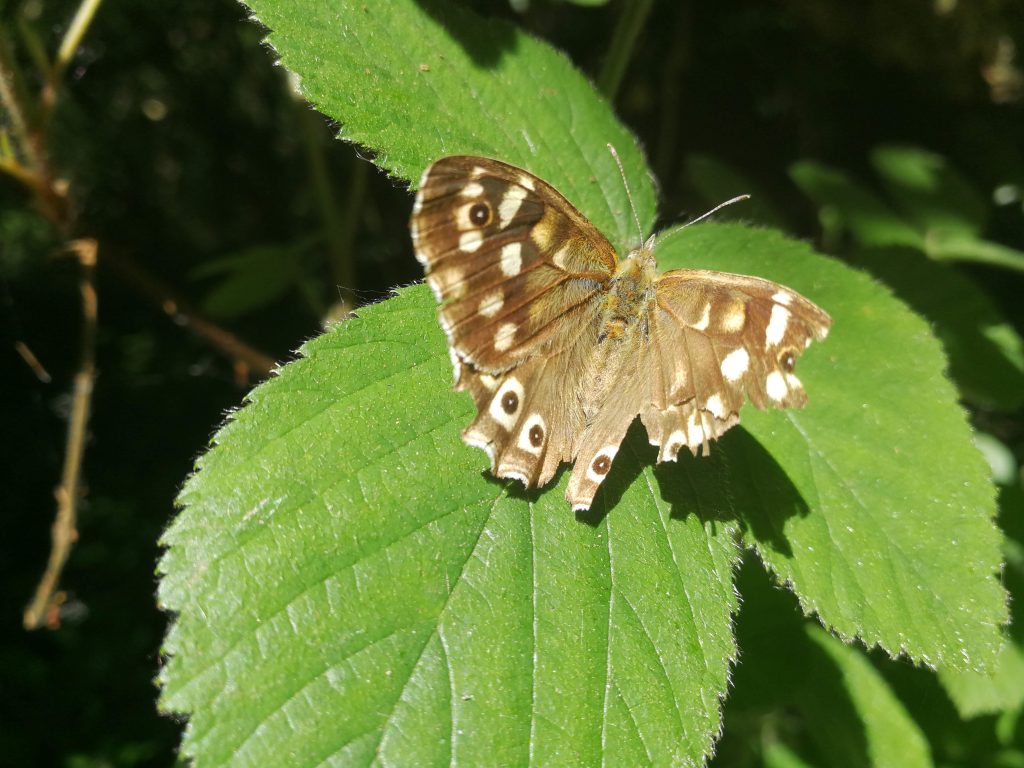
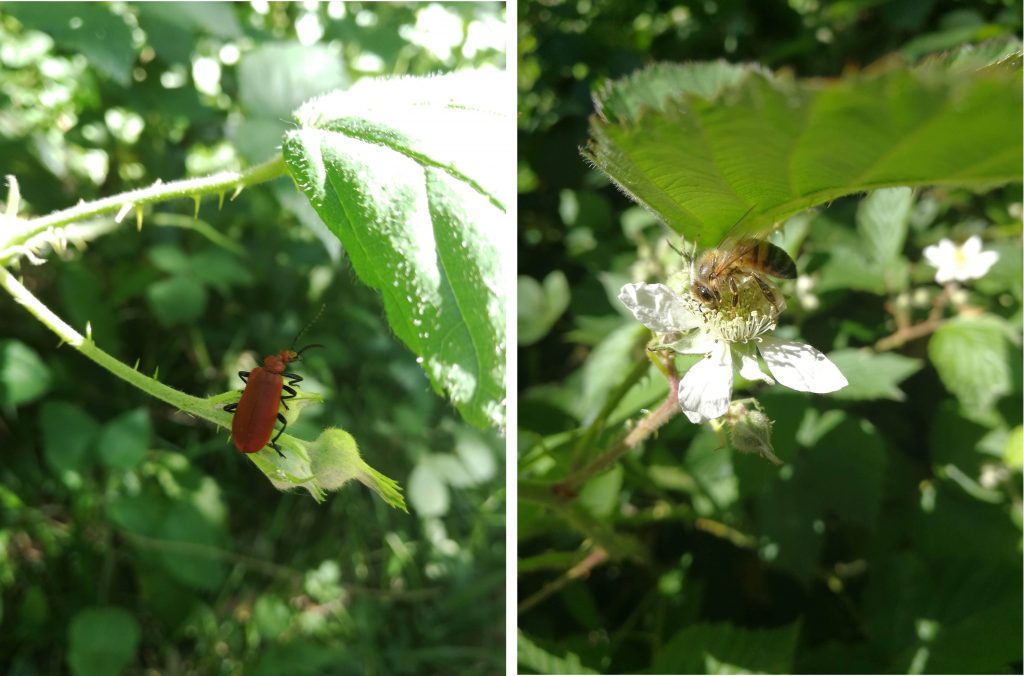
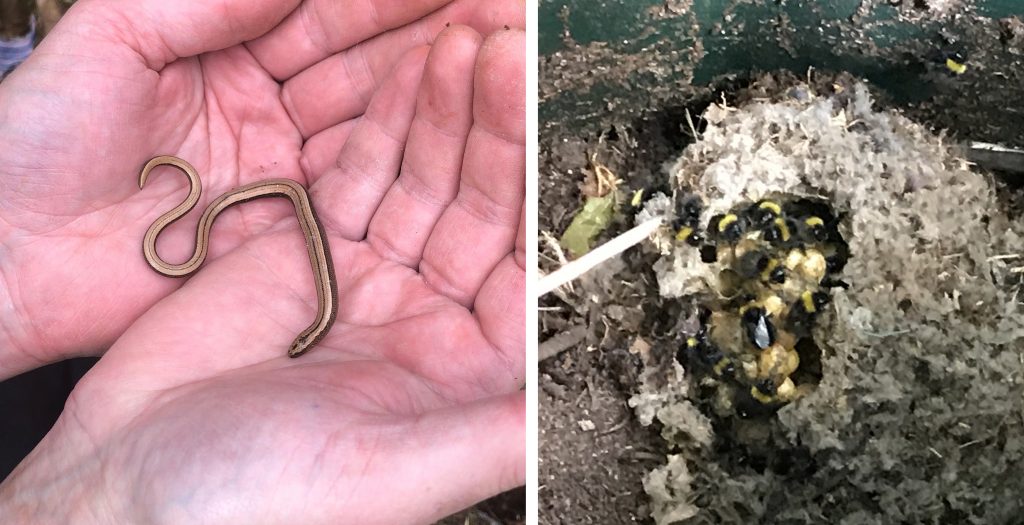
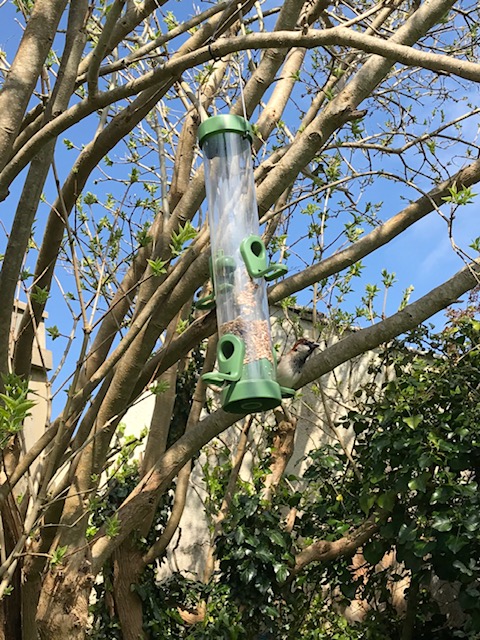
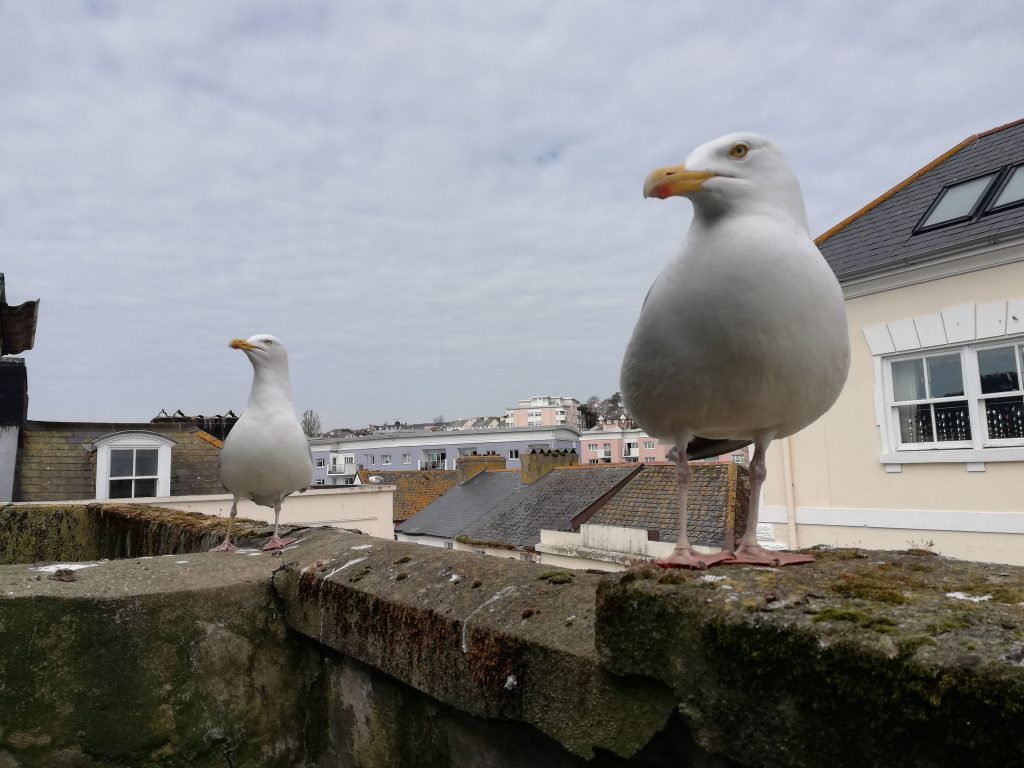
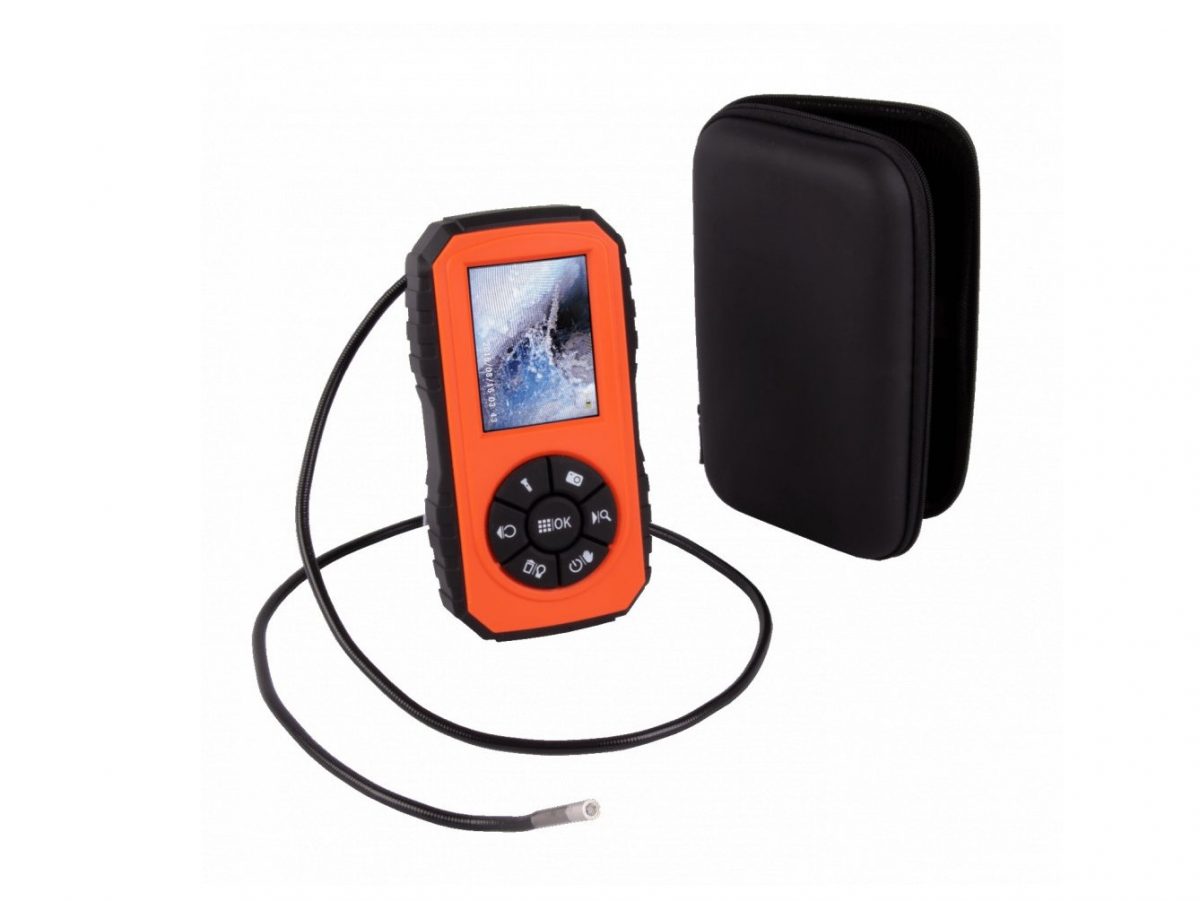
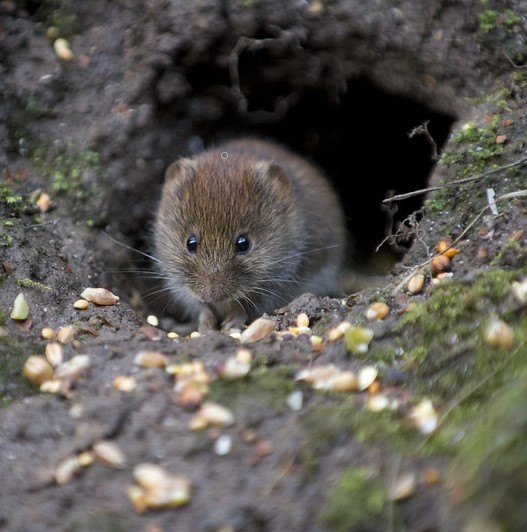
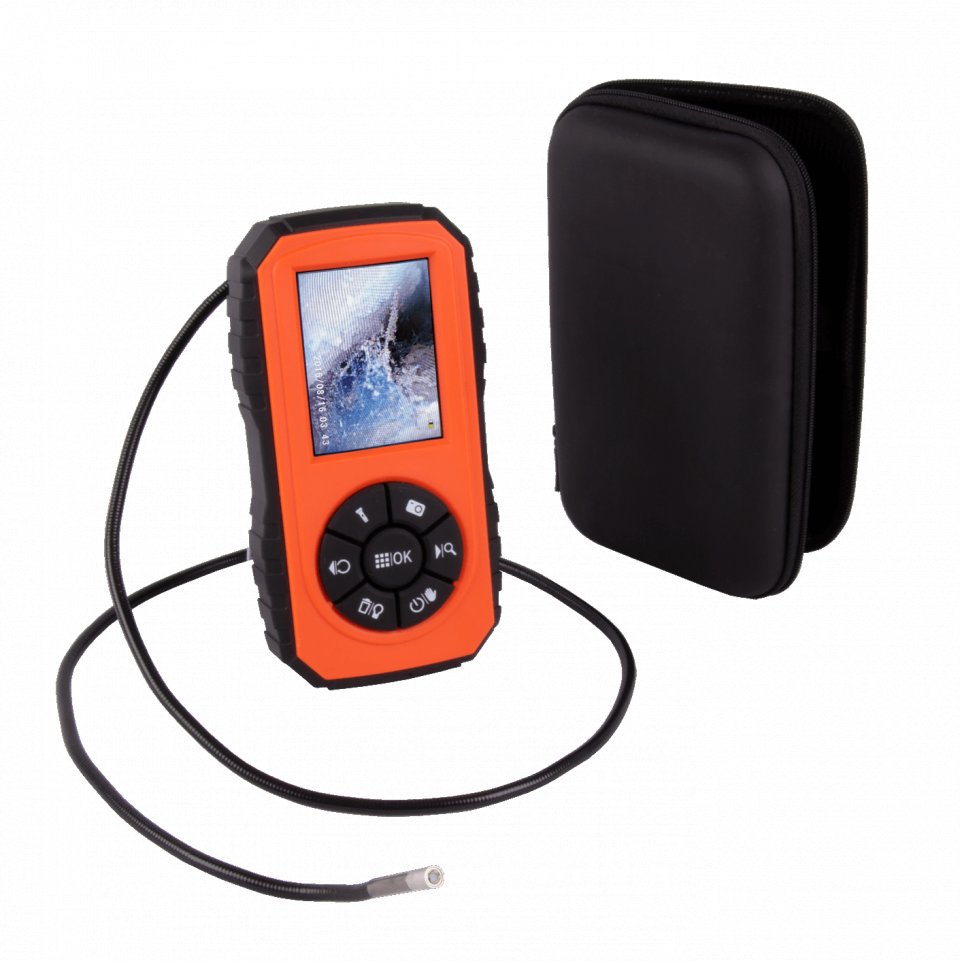
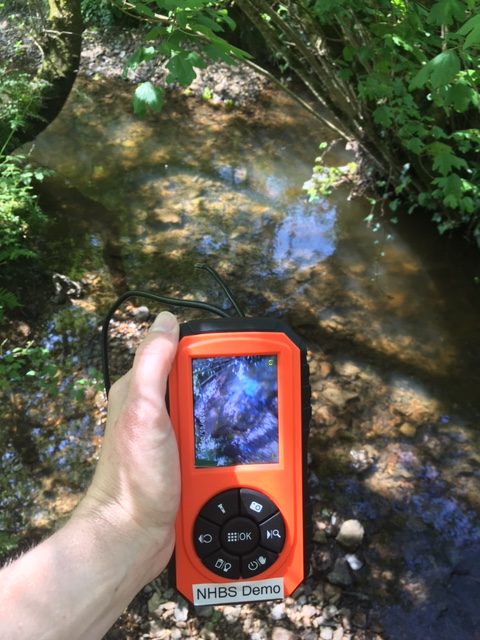 The Video Endoscope camera is IP67 water resistant so we wanted to test its performance when recording underwater. It also has adjustable LED brightness so we wanted to test it in dark conditions. We chose a pond on a farm in West Dorset known to have some tadpoles and selected some nest boxes in a nearby area to examine for nesting activity. We used a 16GB microSD card and 4 x new AA alkaline batteries.
The Video Endoscope camera is IP67 water resistant so we wanted to test its performance when recording underwater. It also has adjustable LED brightness so we wanted to test it in dark conditions. We chose a pond on a farm in West Dorset known to have some tadpoles and selected some nest boxes in a nearby area to examine for nesting activity. We used a 16GB microSD card and 4 x new AA alkaline batteries.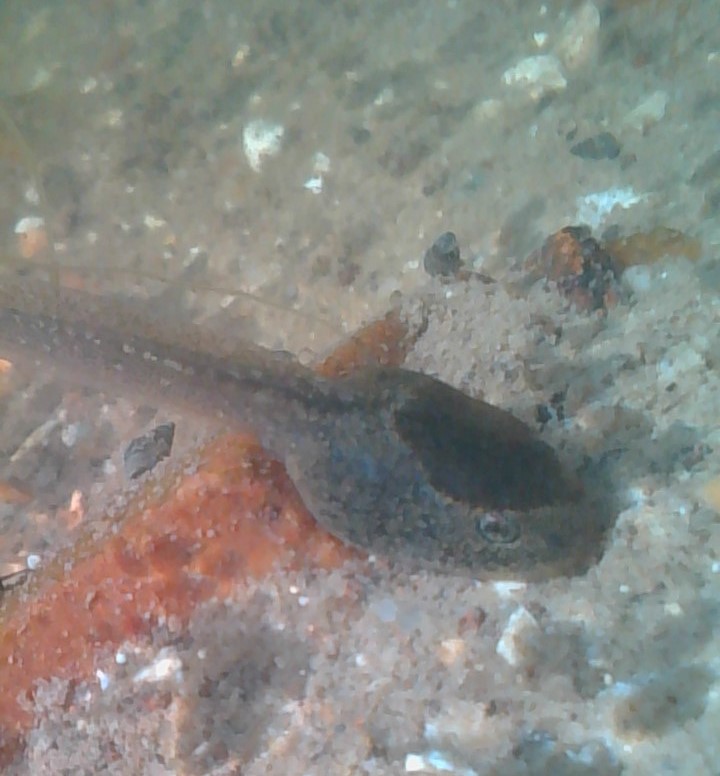
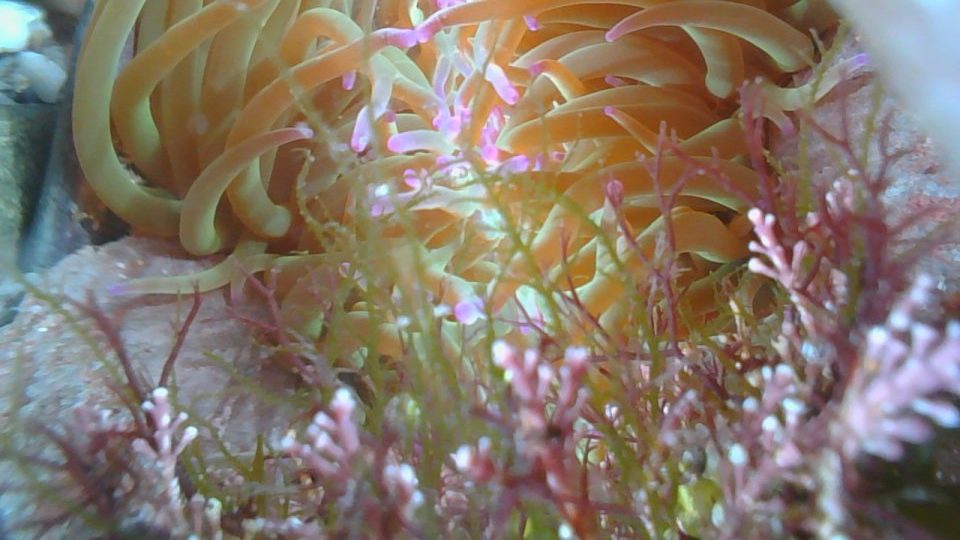
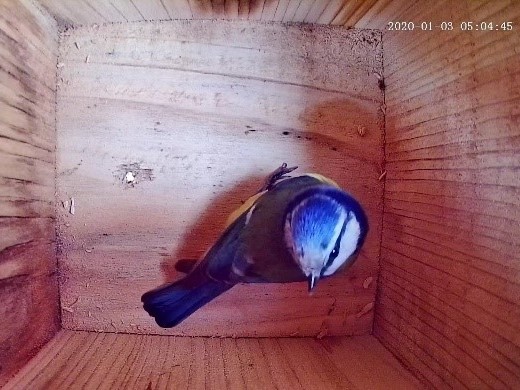
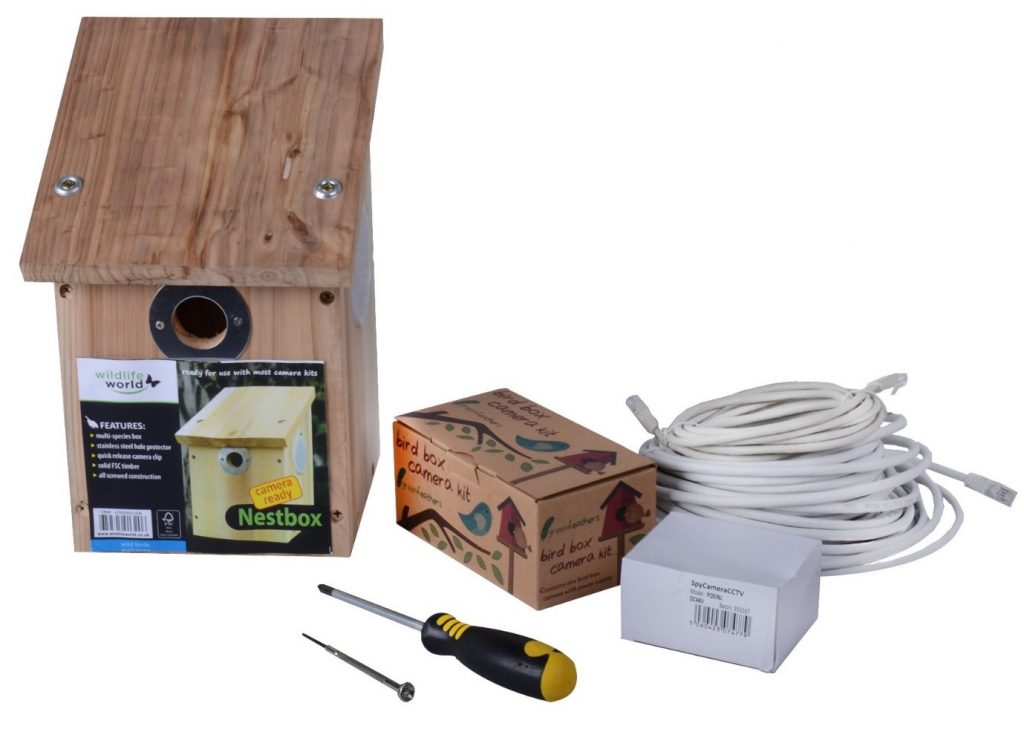
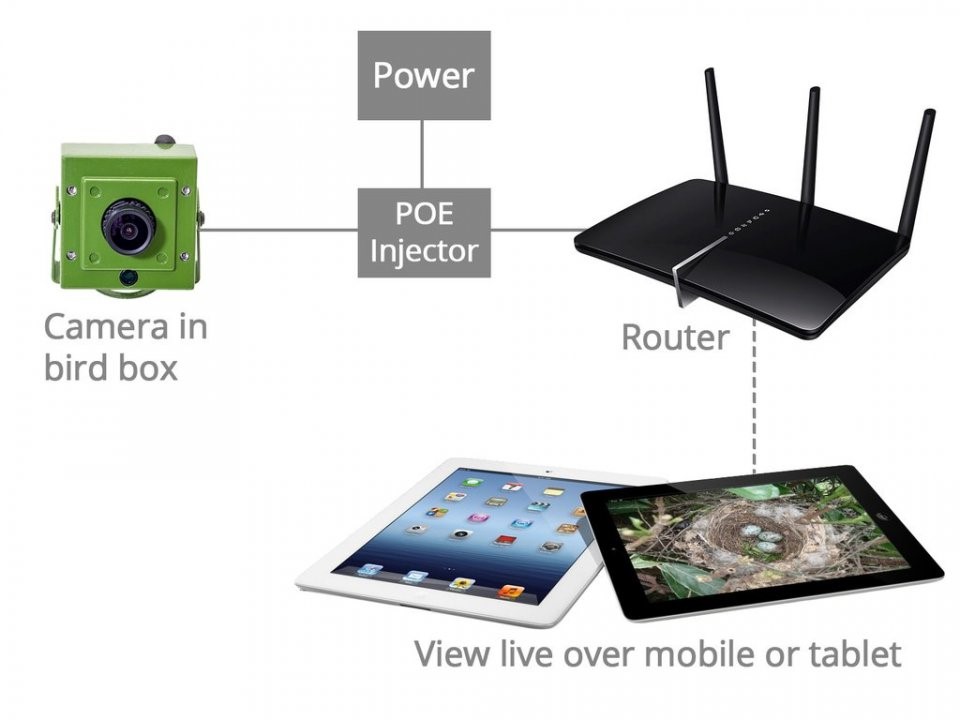
 After the box was installed in position, we connected everything up and downloaded software to connect to the camera. We have tried three software programs, all of which are free to download, although additional features may require payment.
After the box was installed in position, we connected everything up and downloaded software to connect to the camera. We have tried three software programs, all of which are free to download, although additional features may require payment.